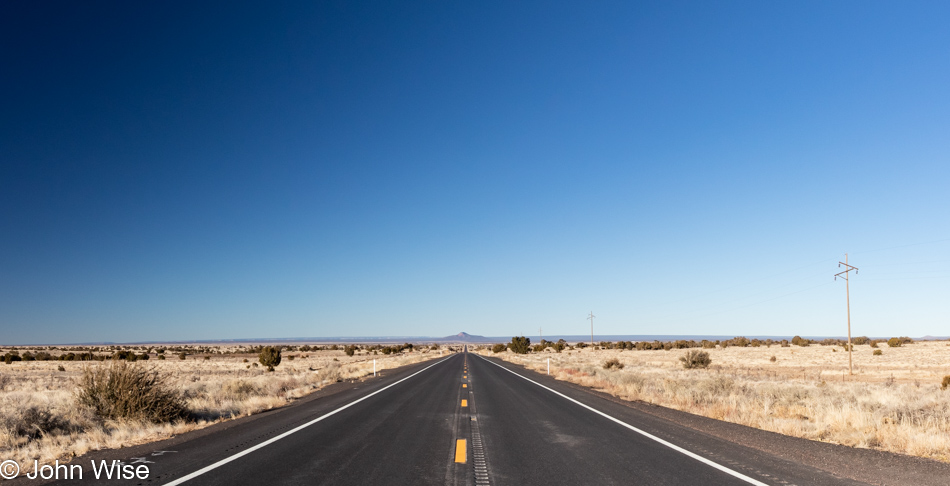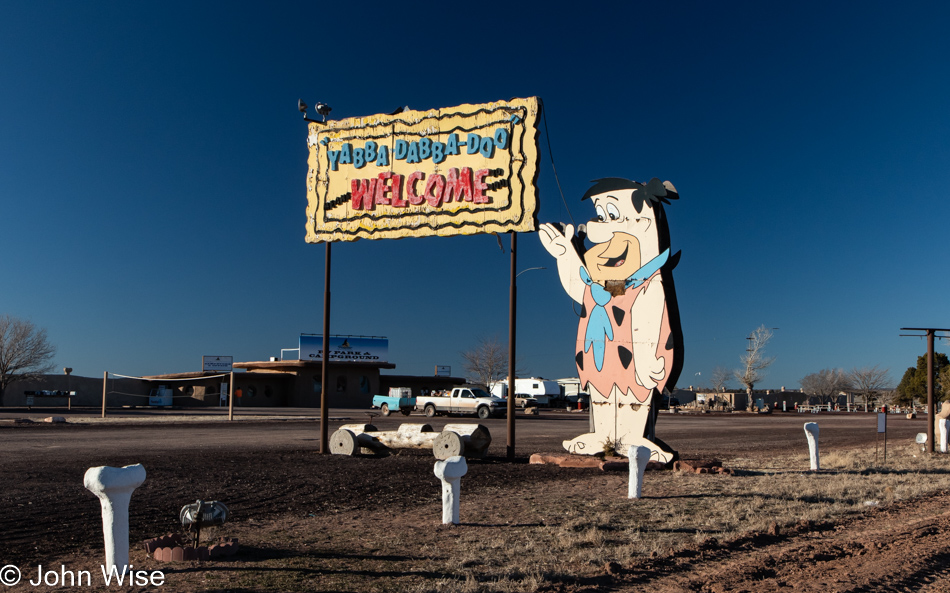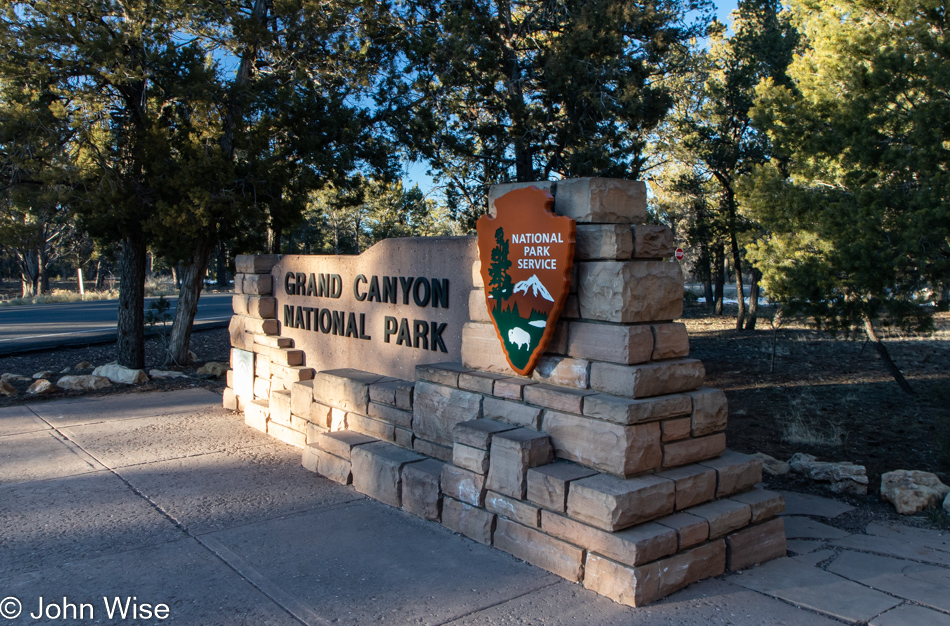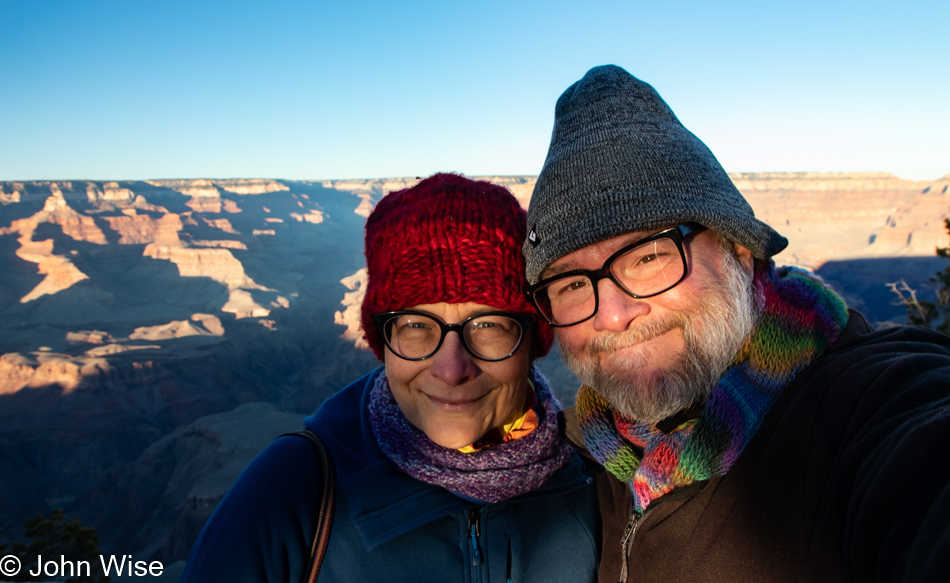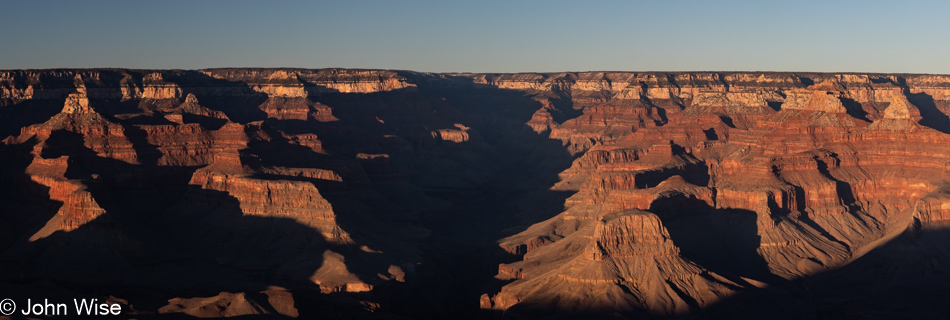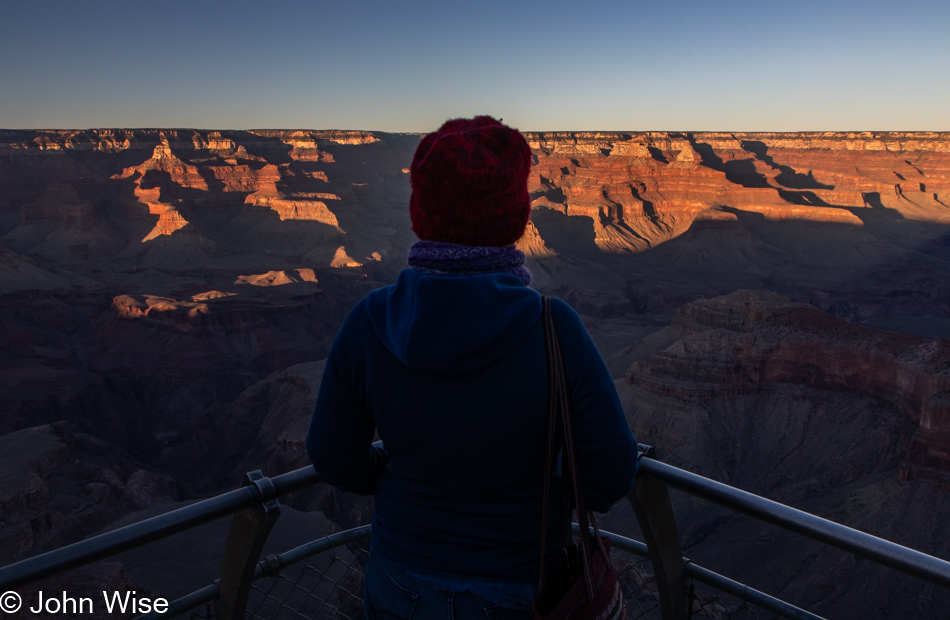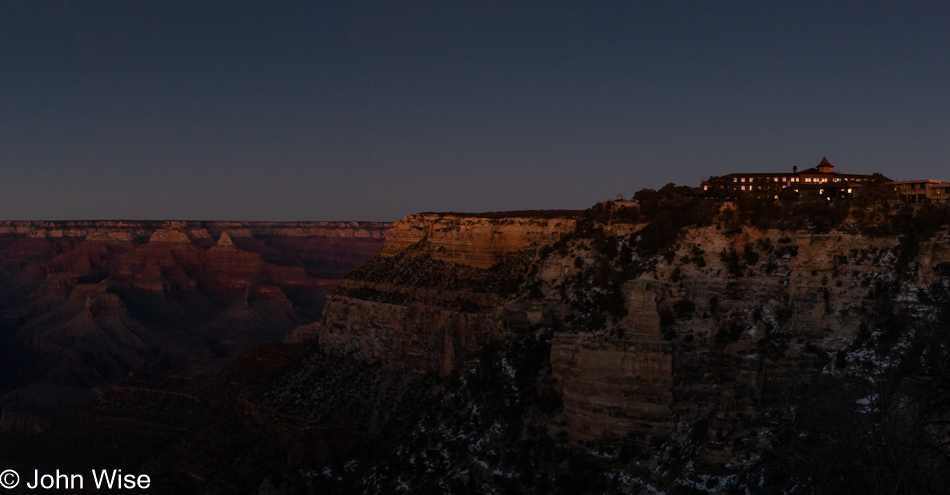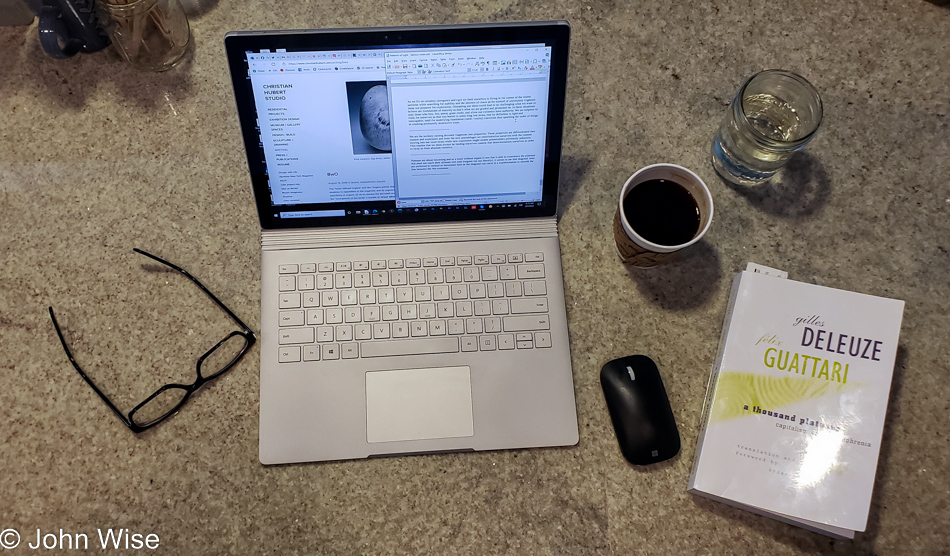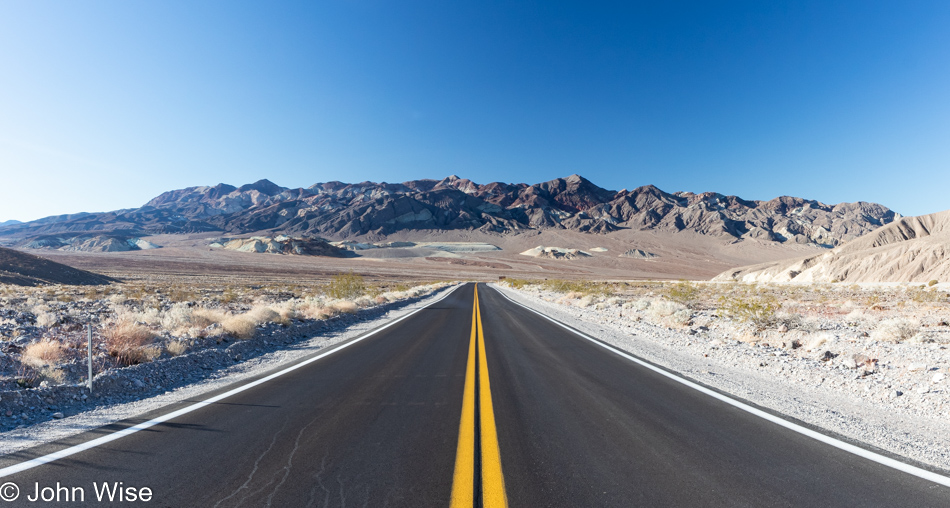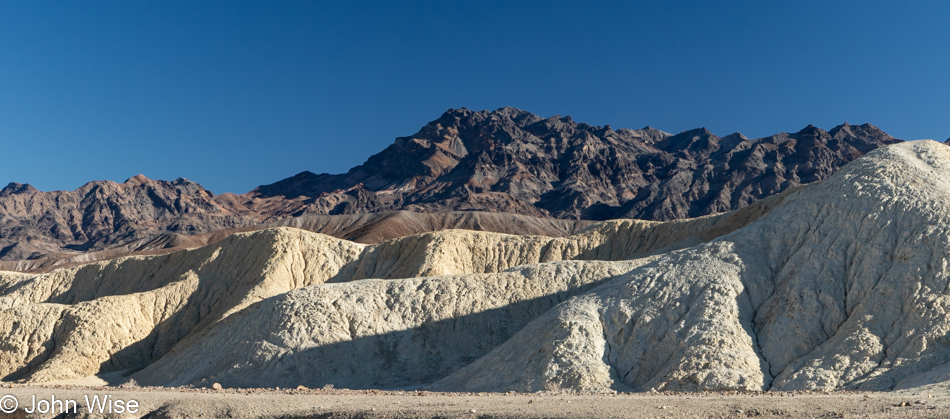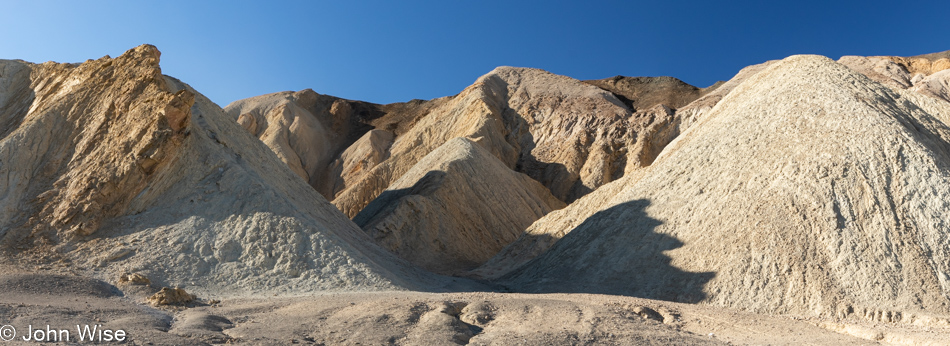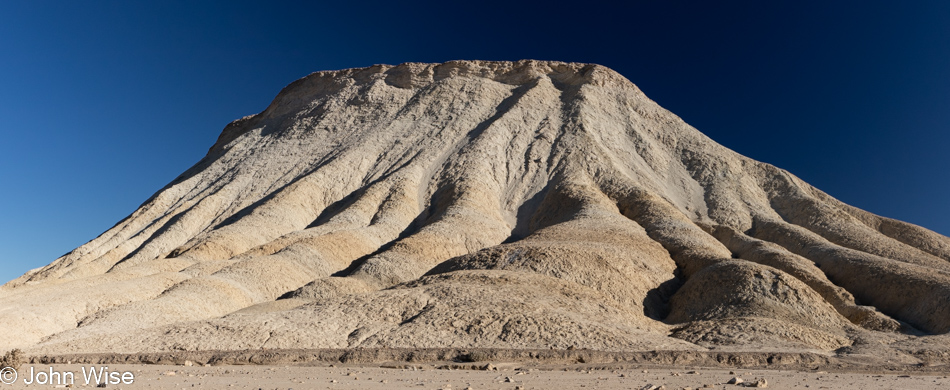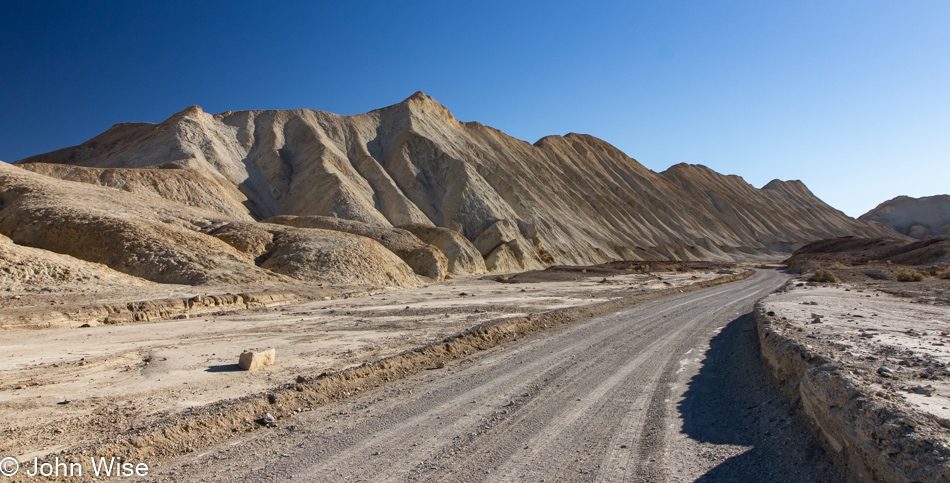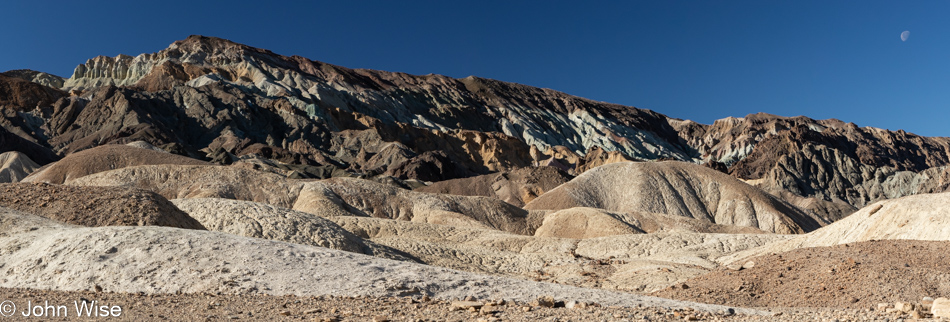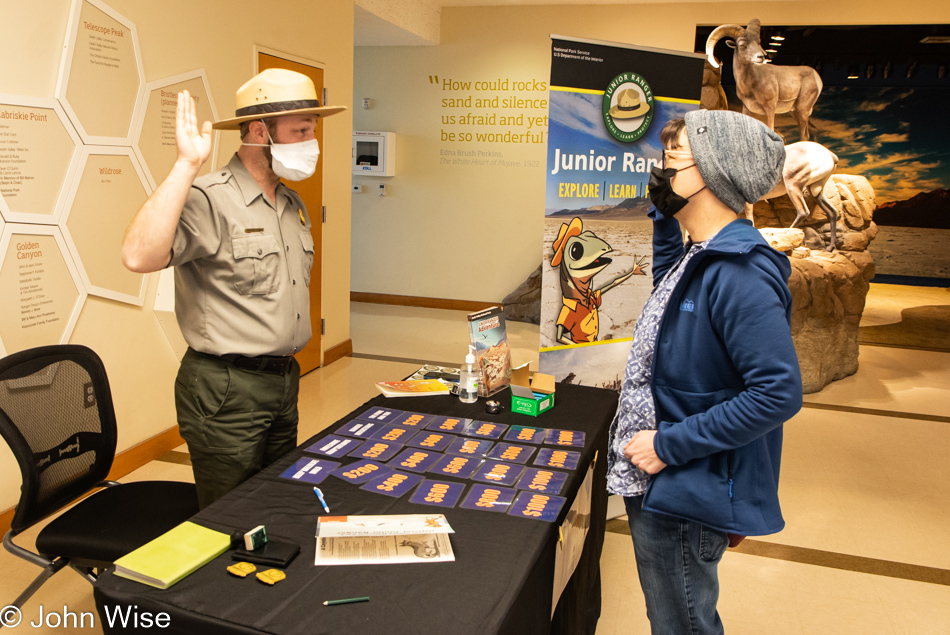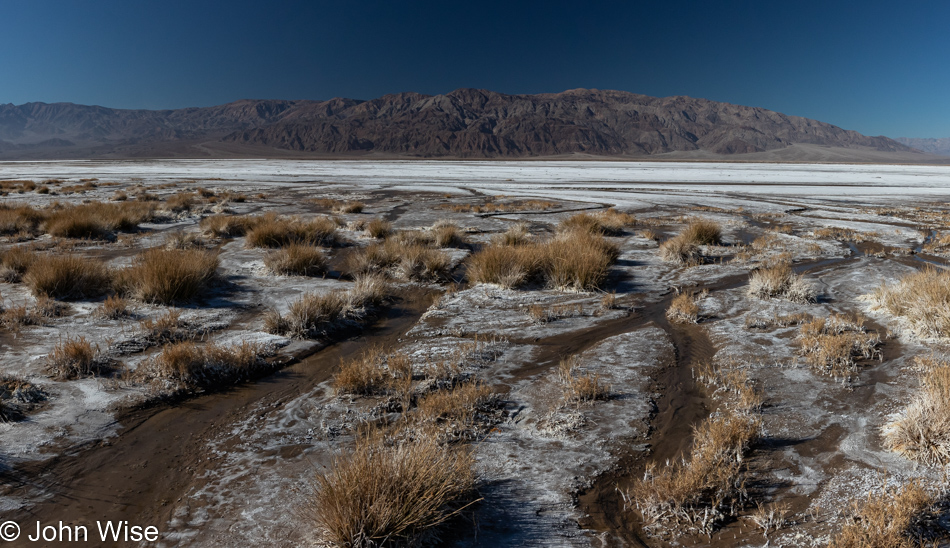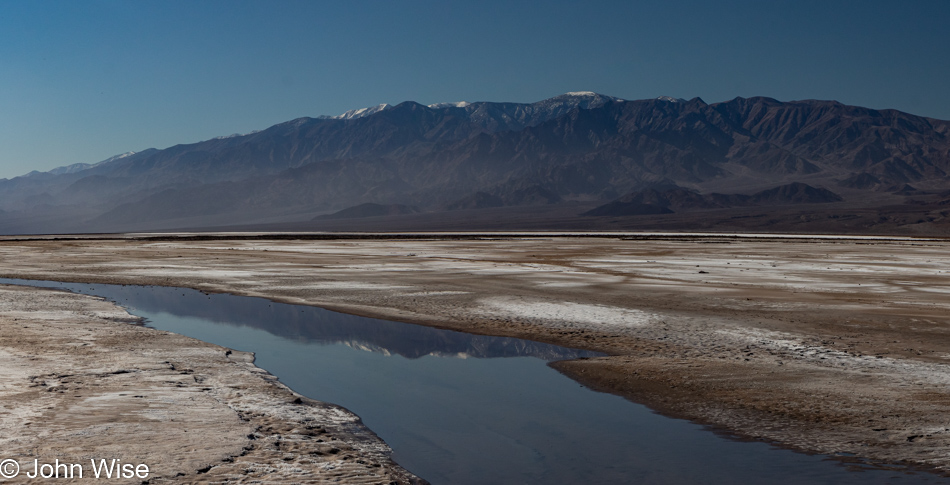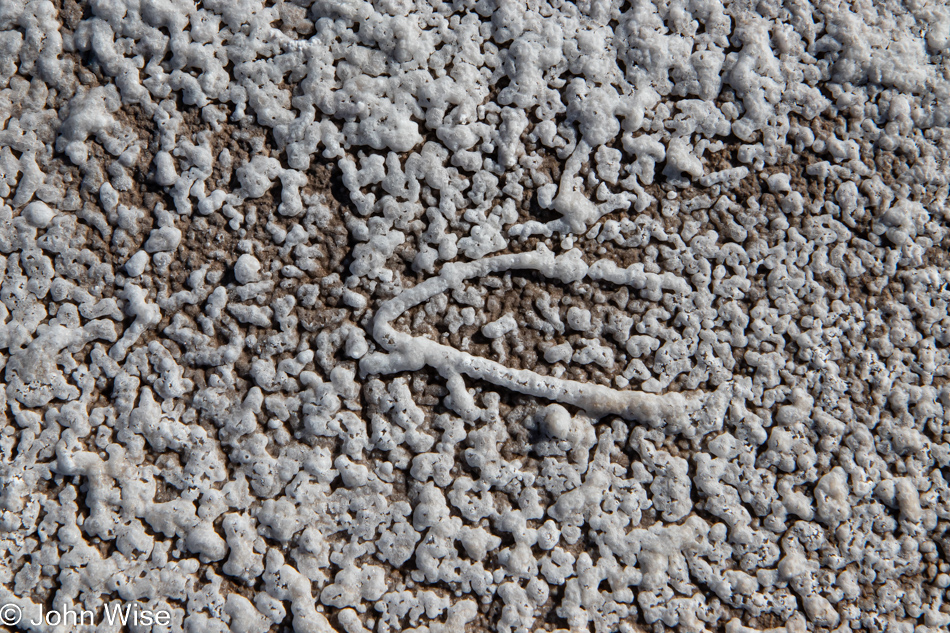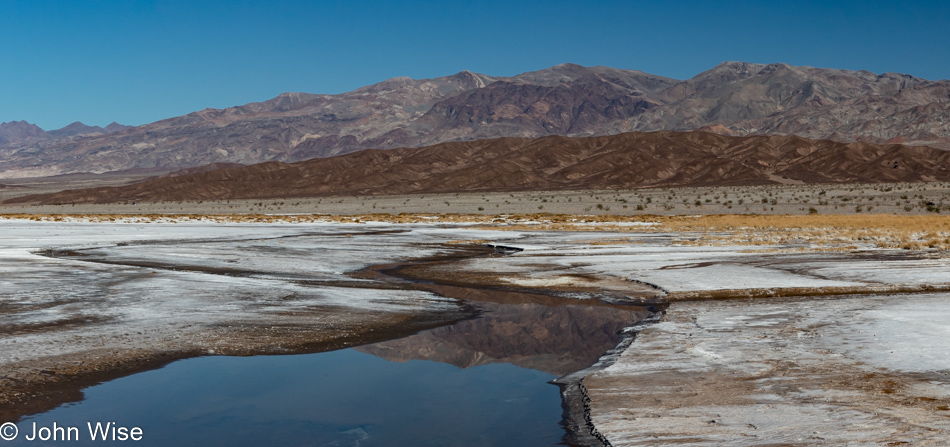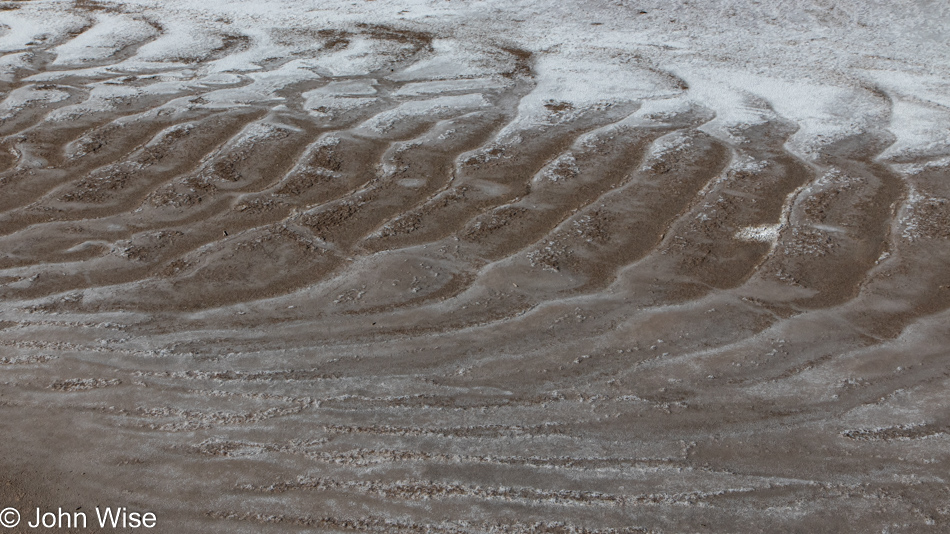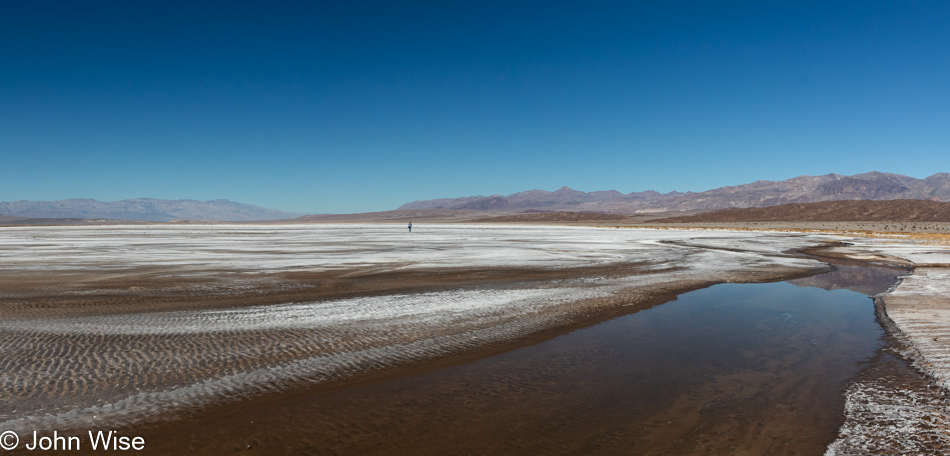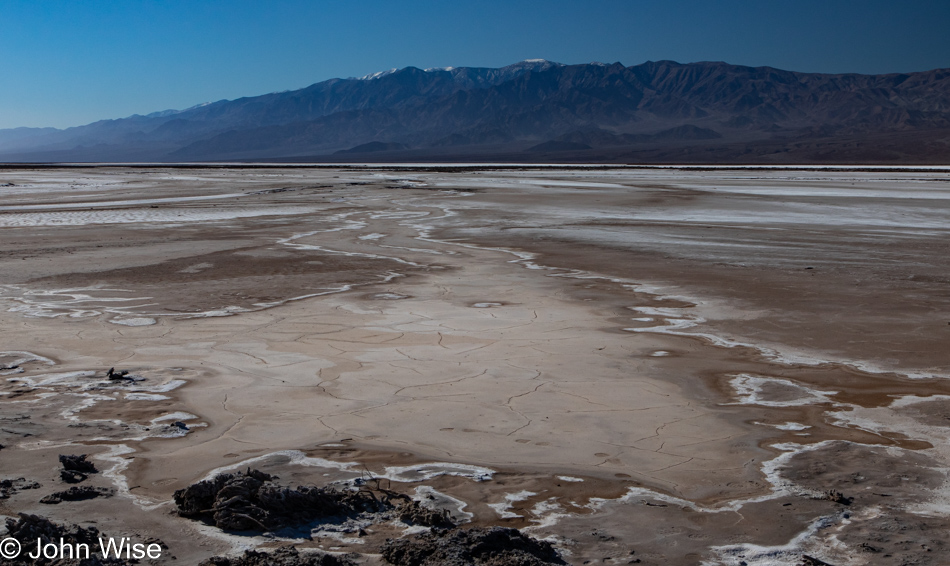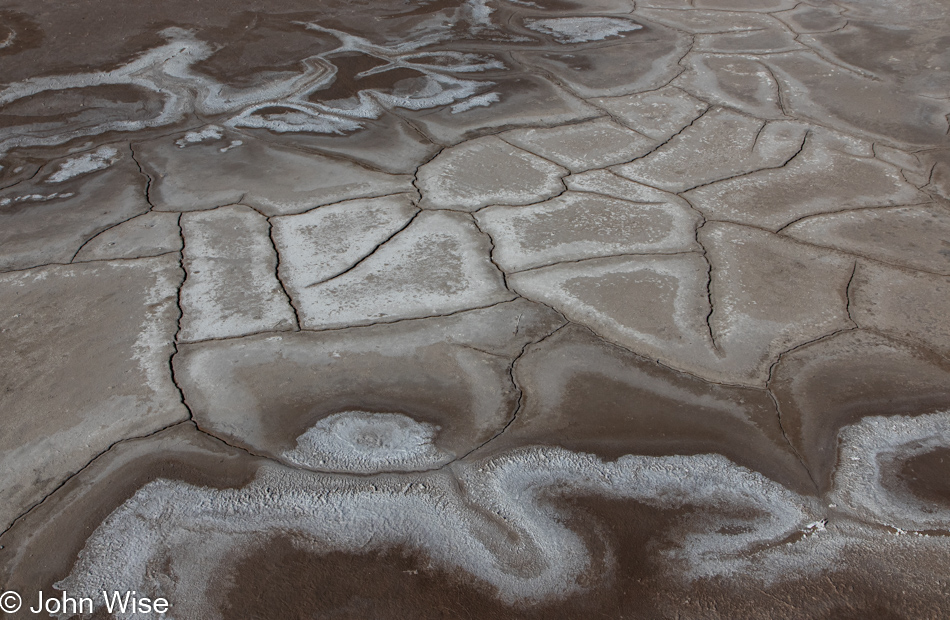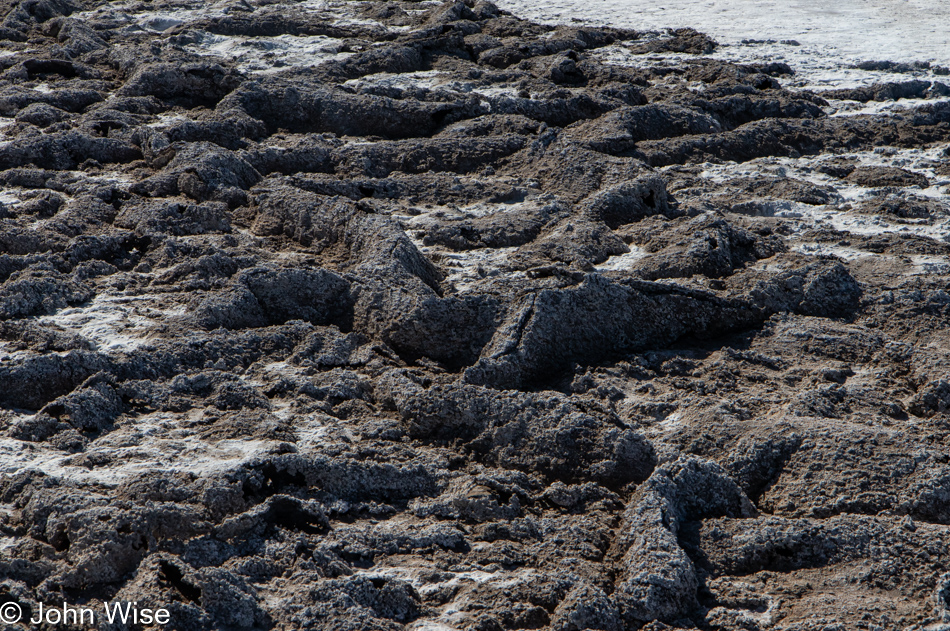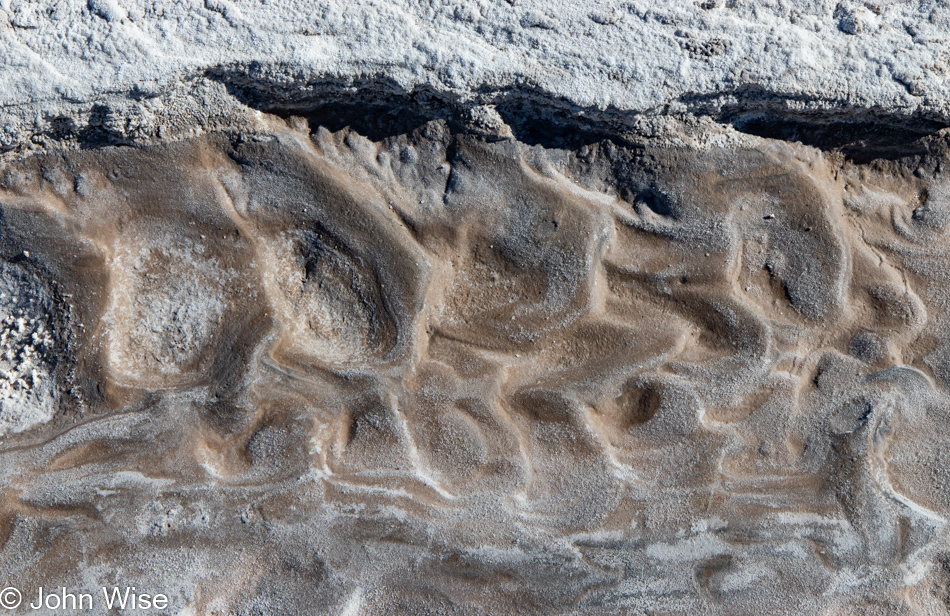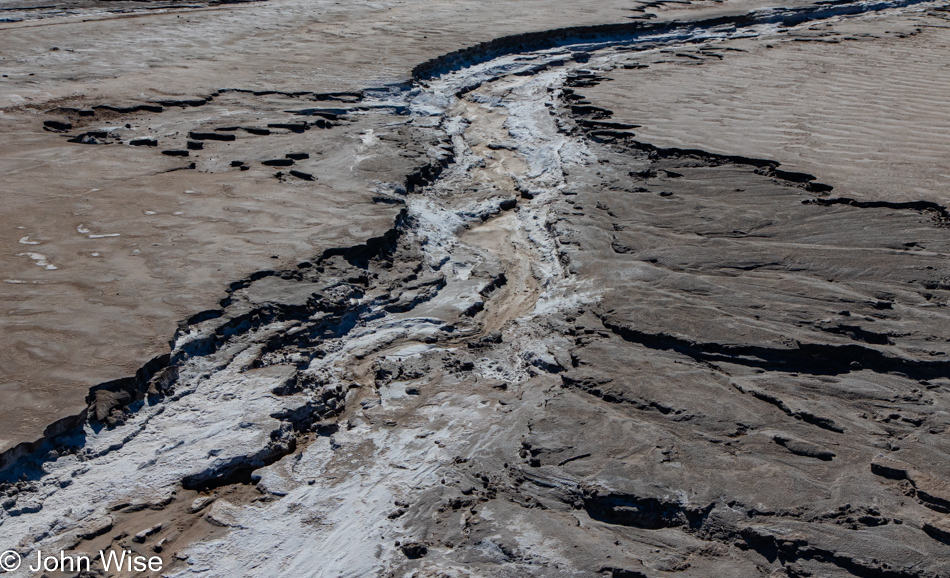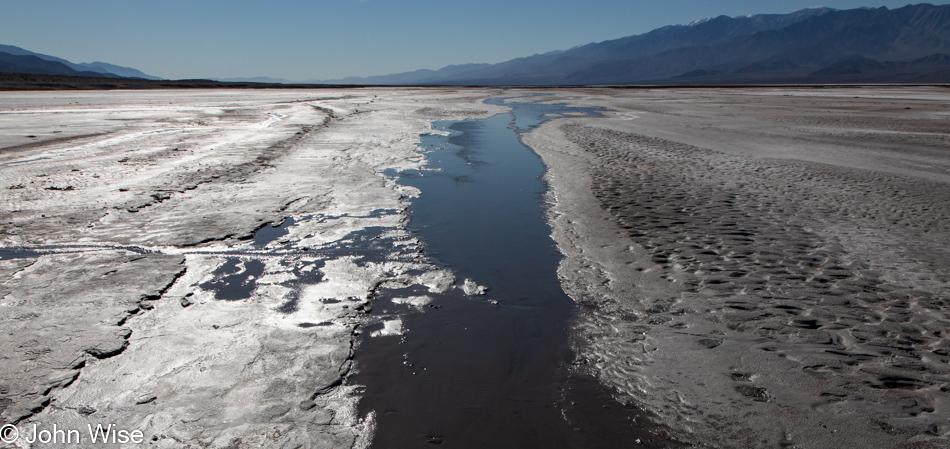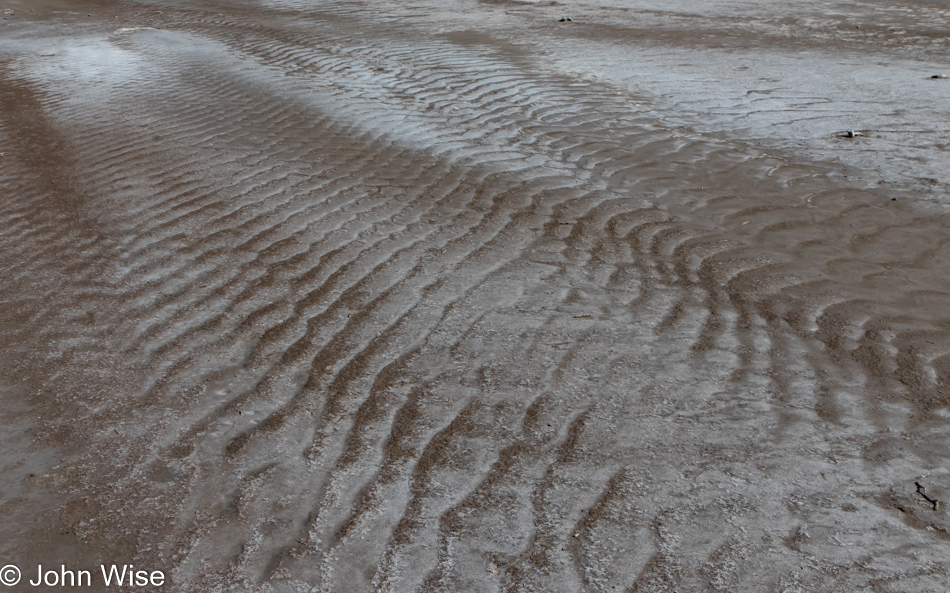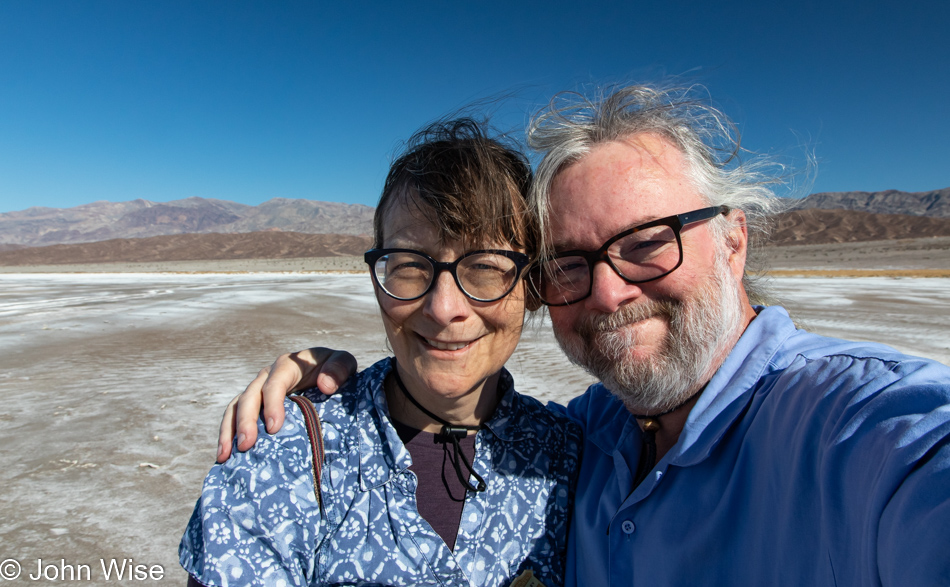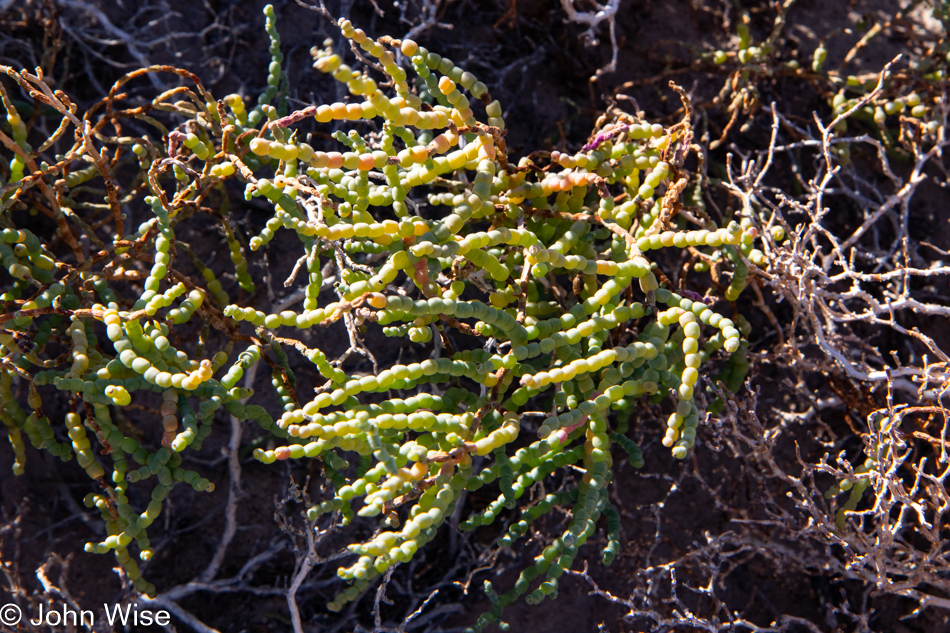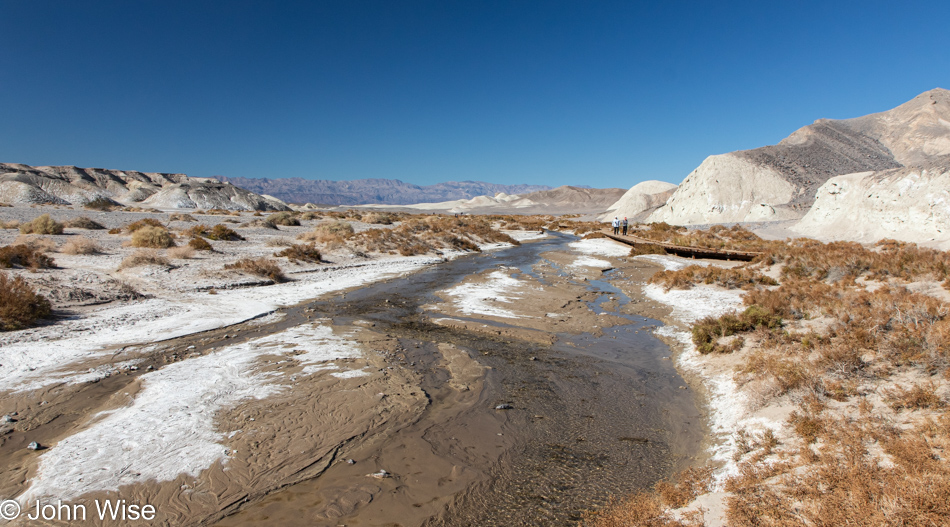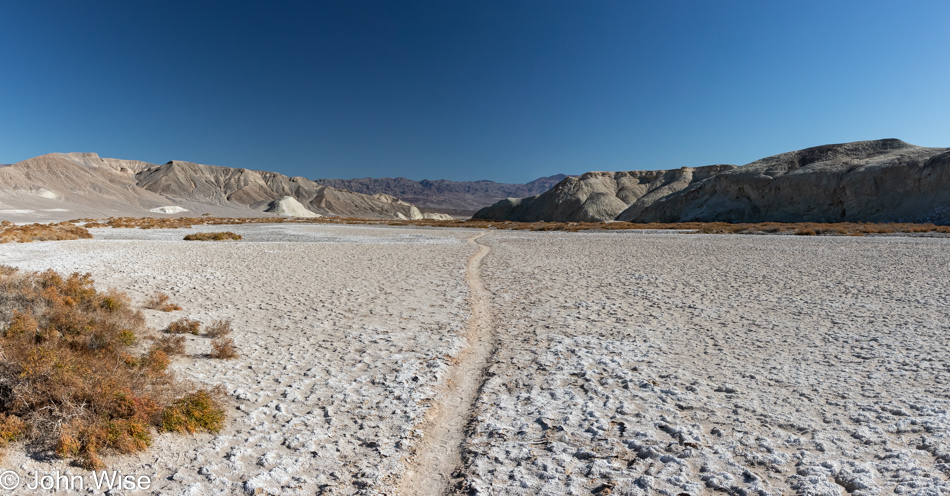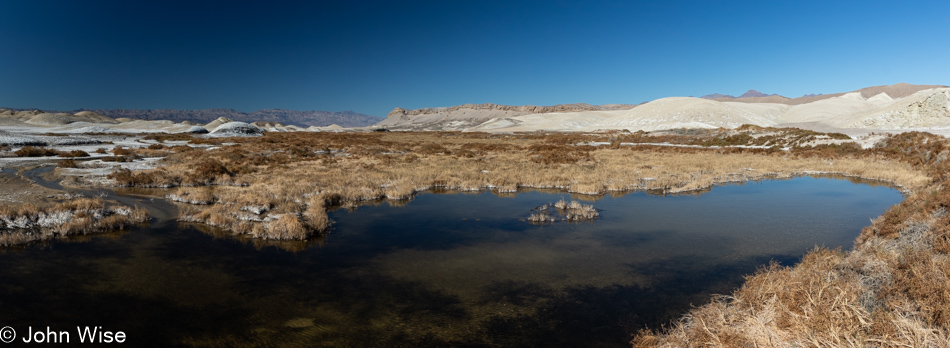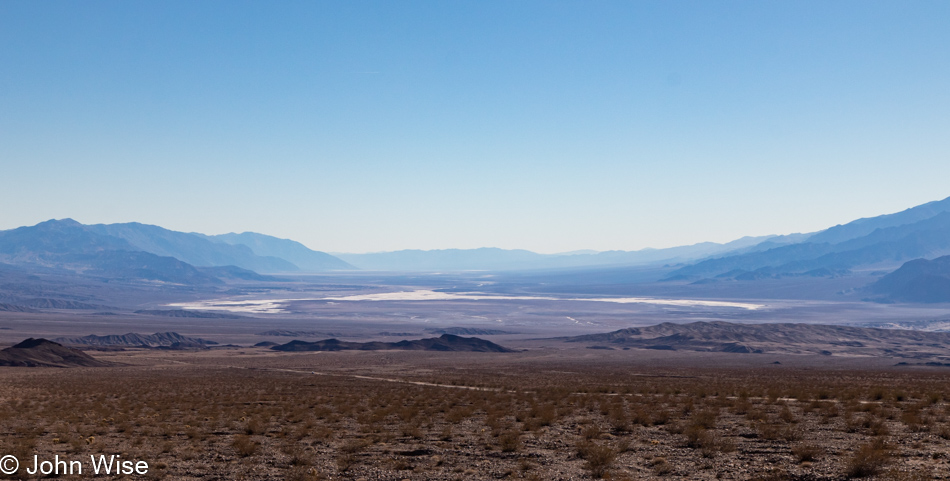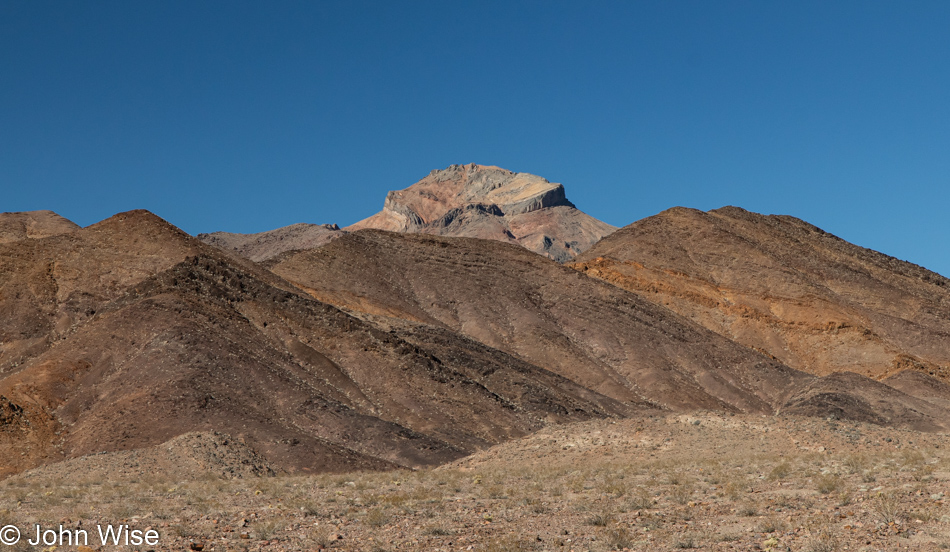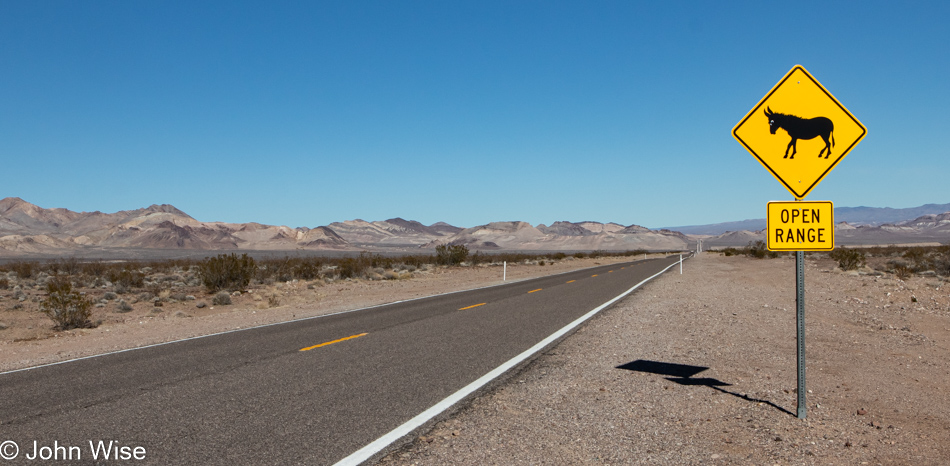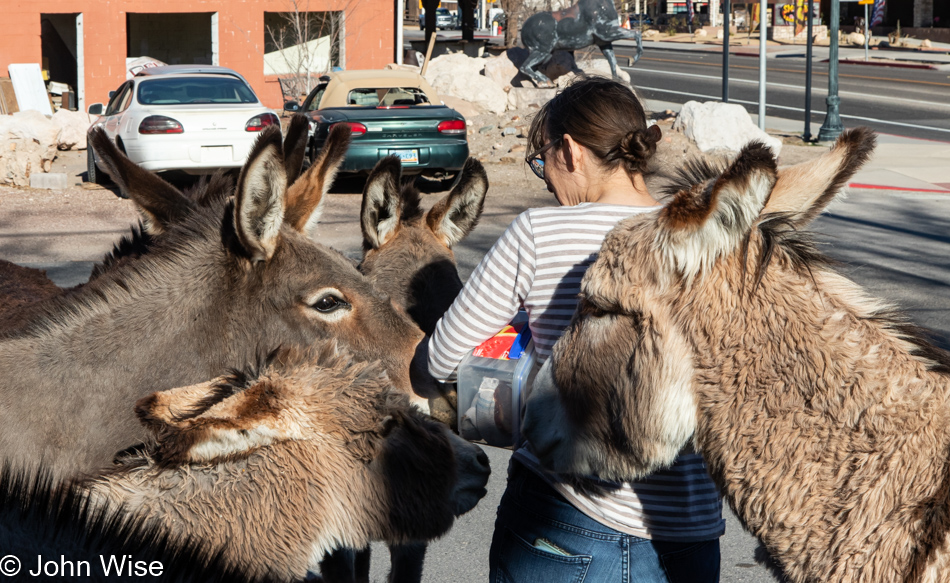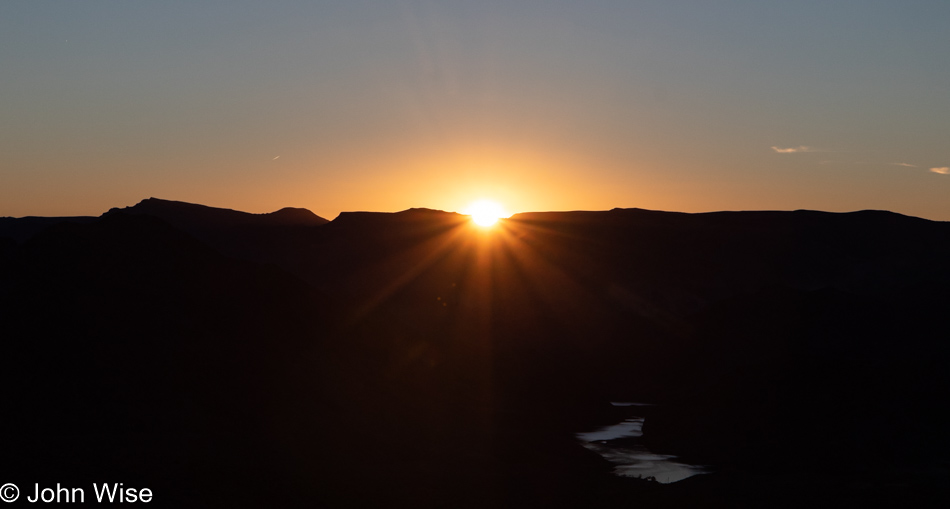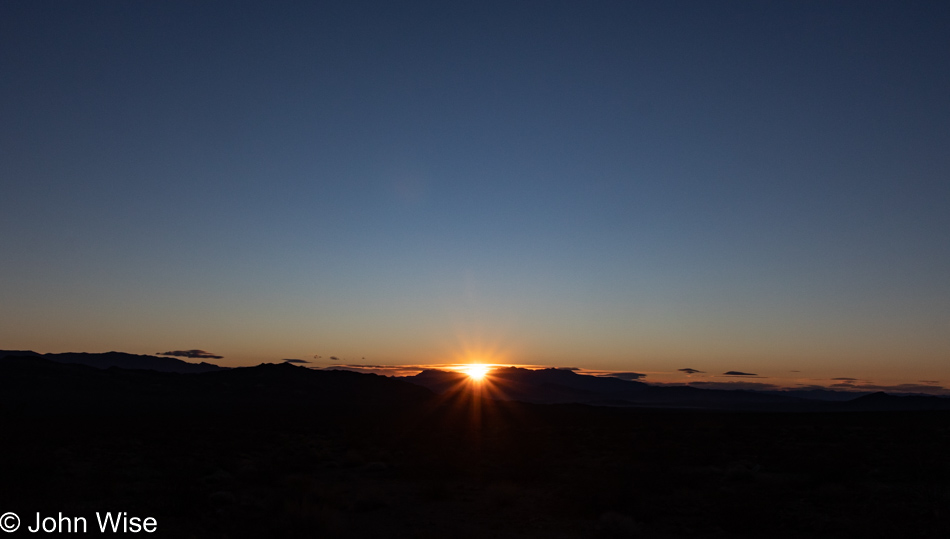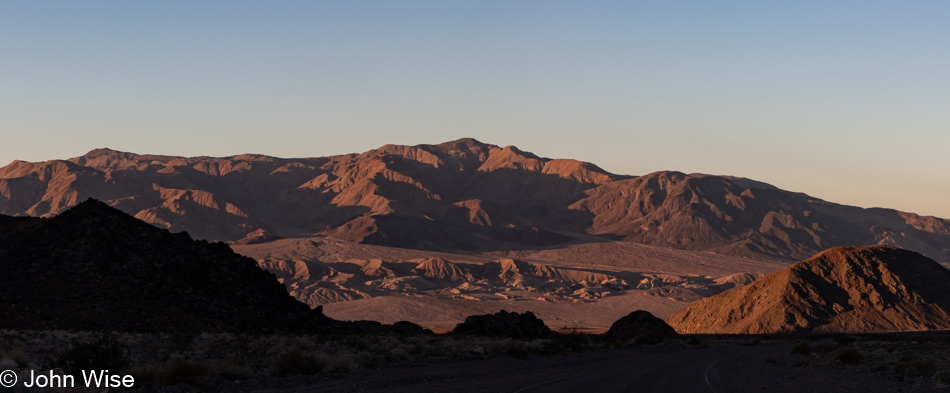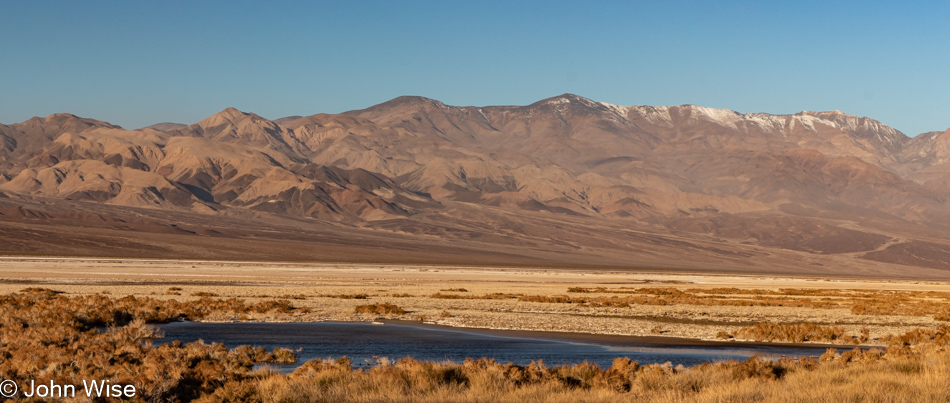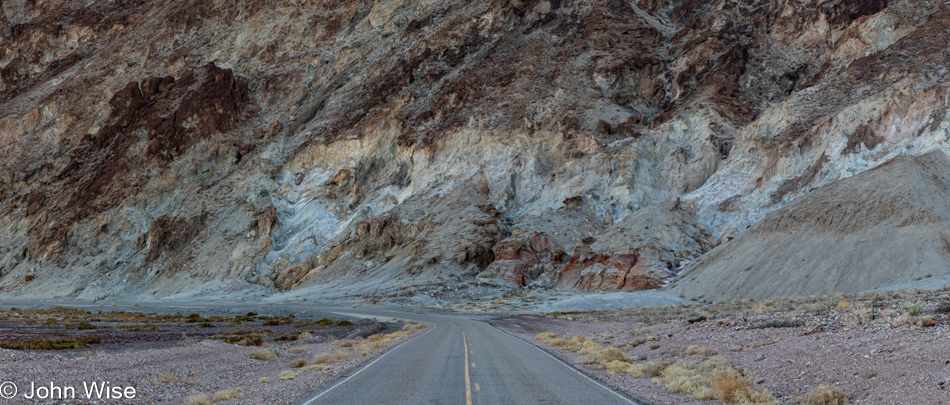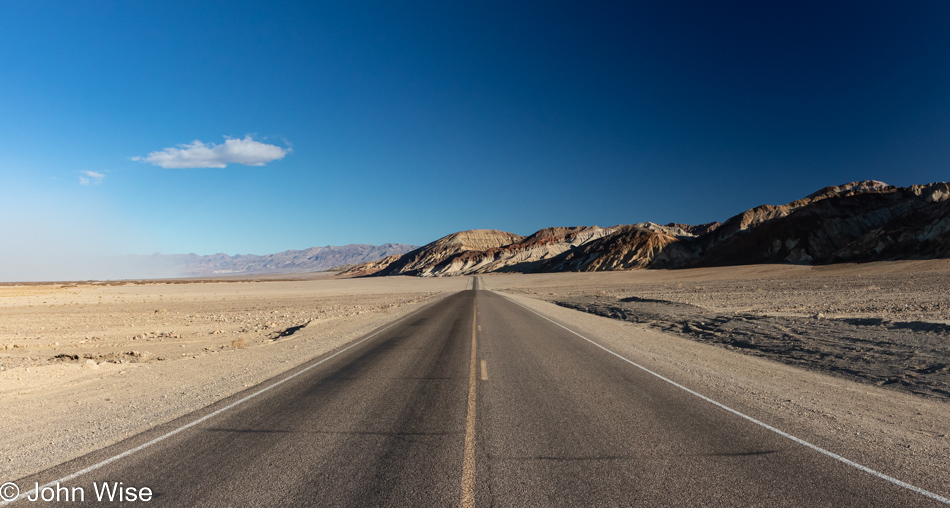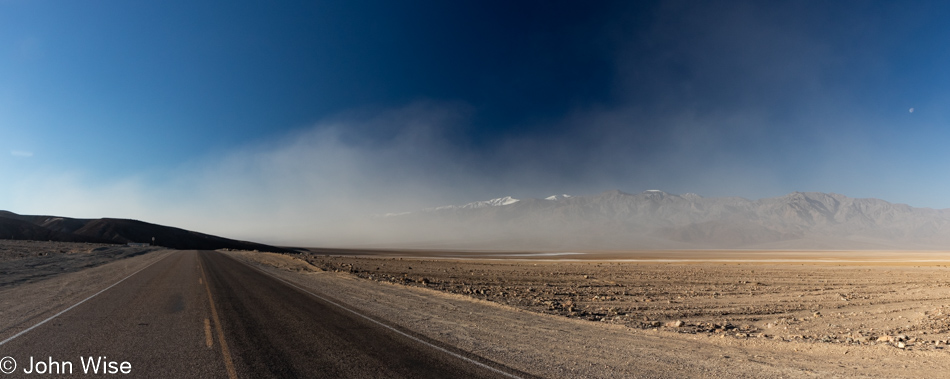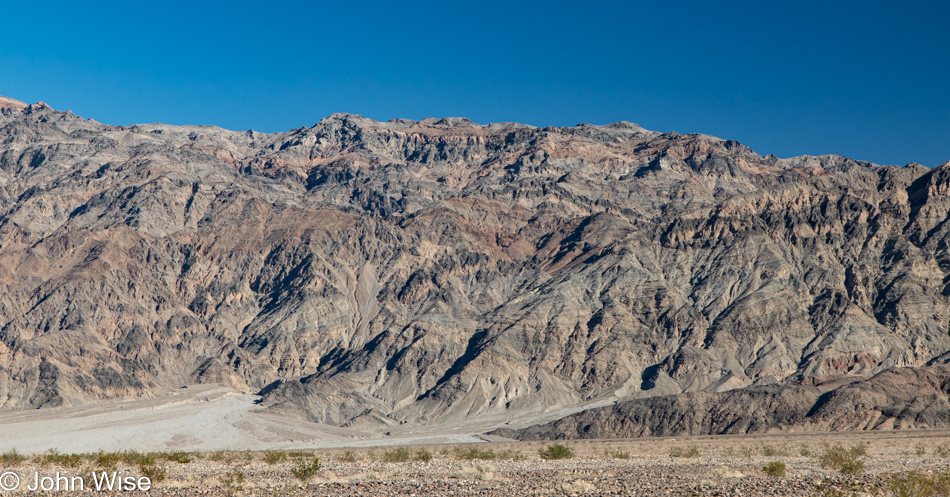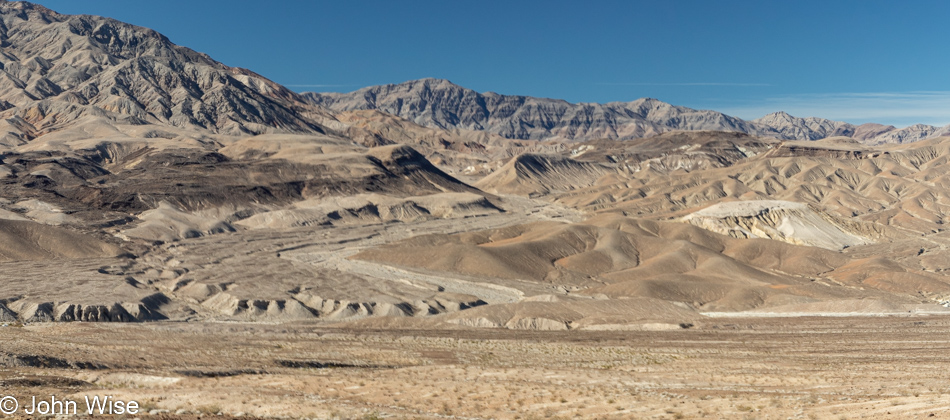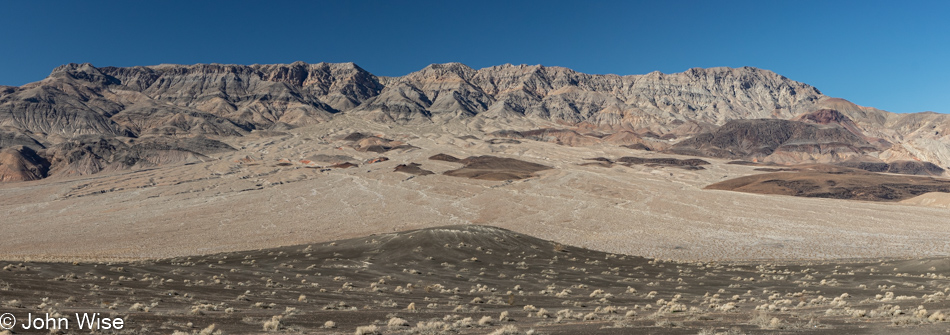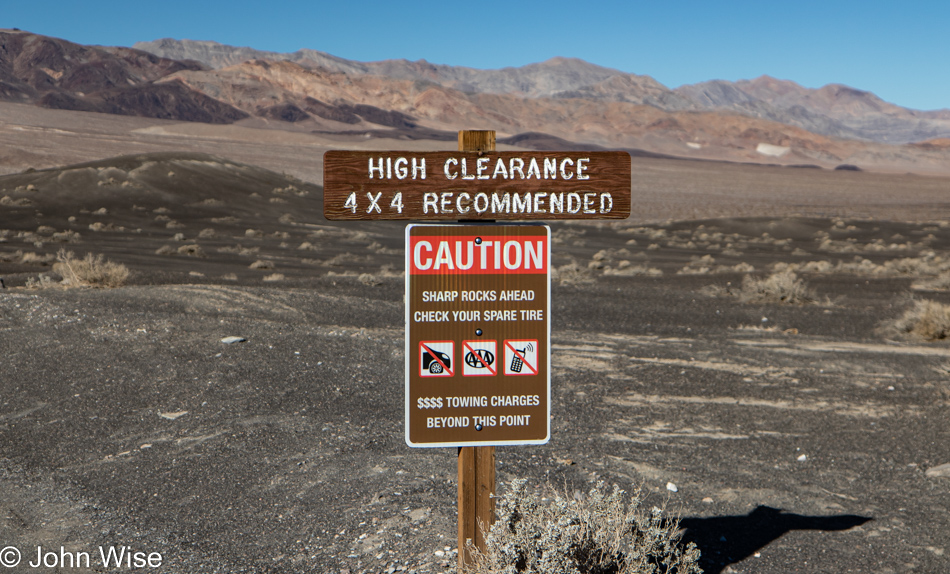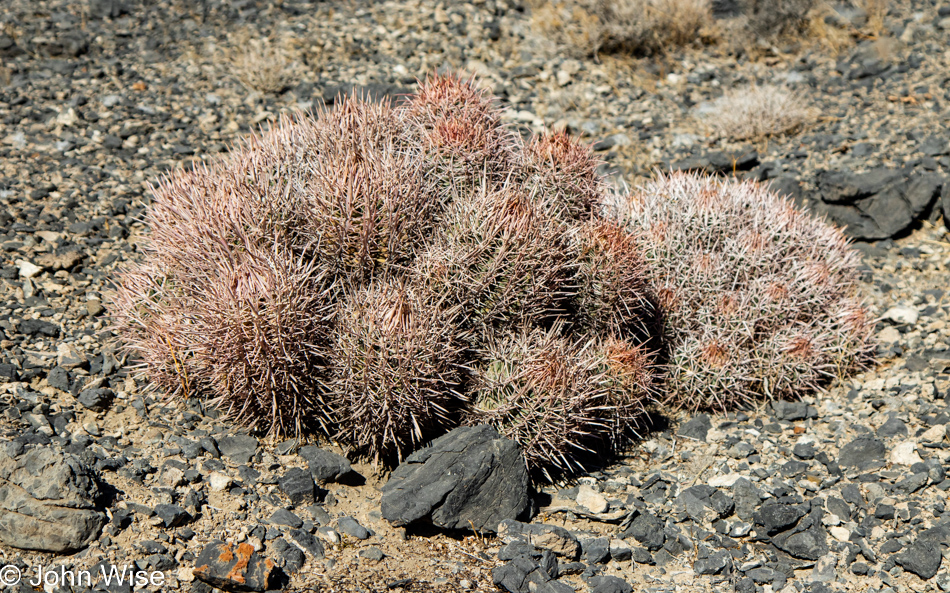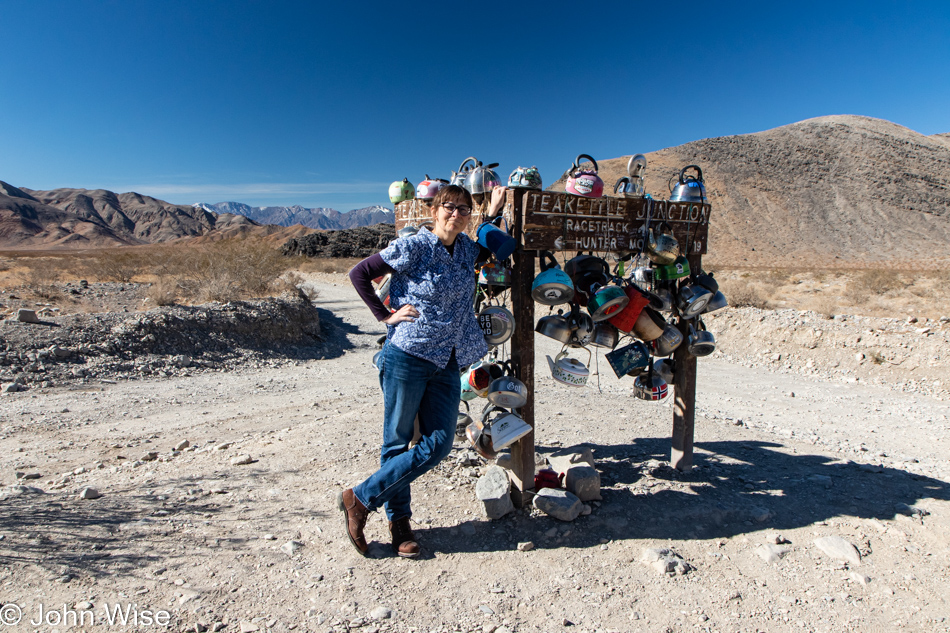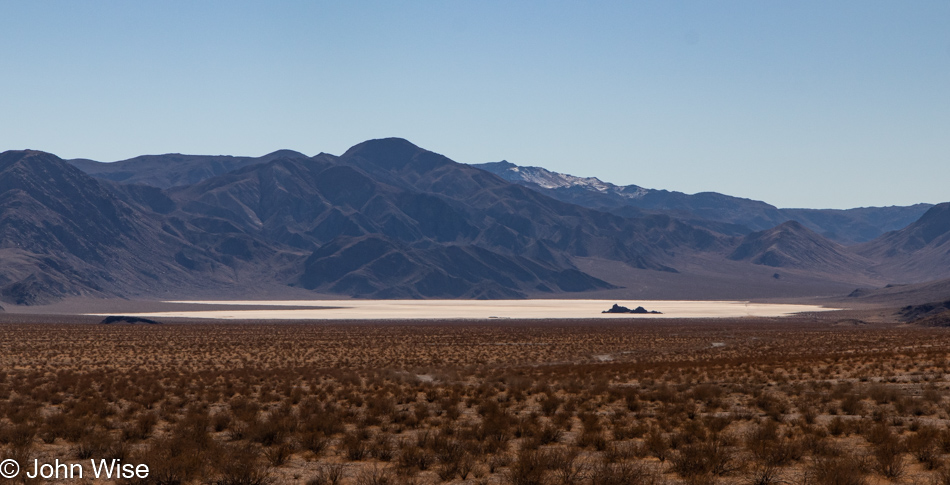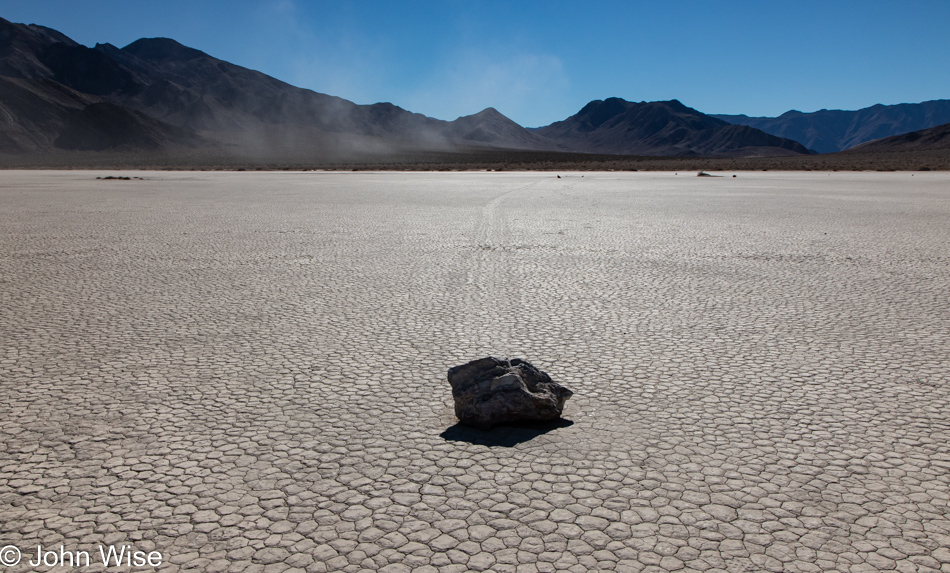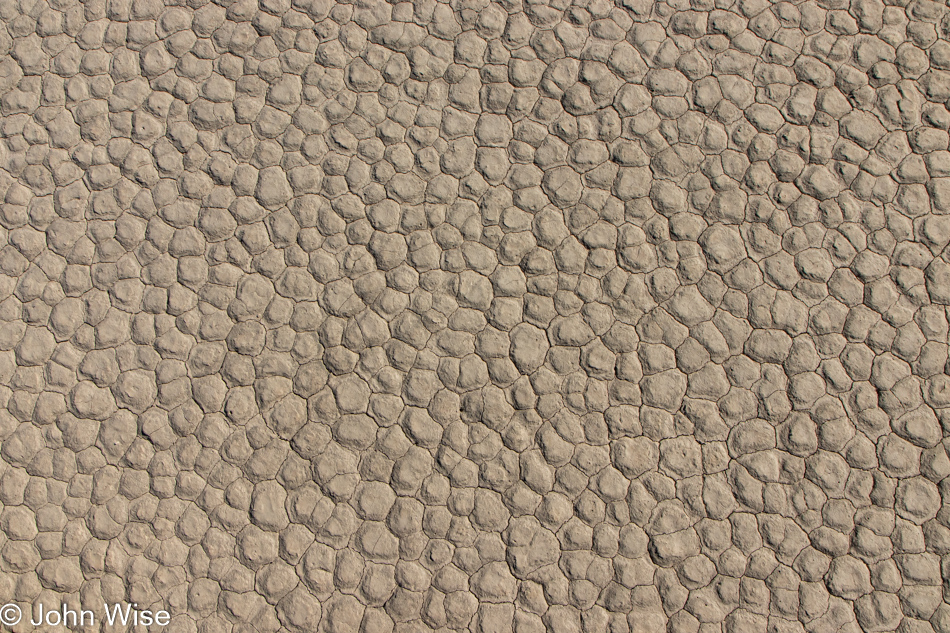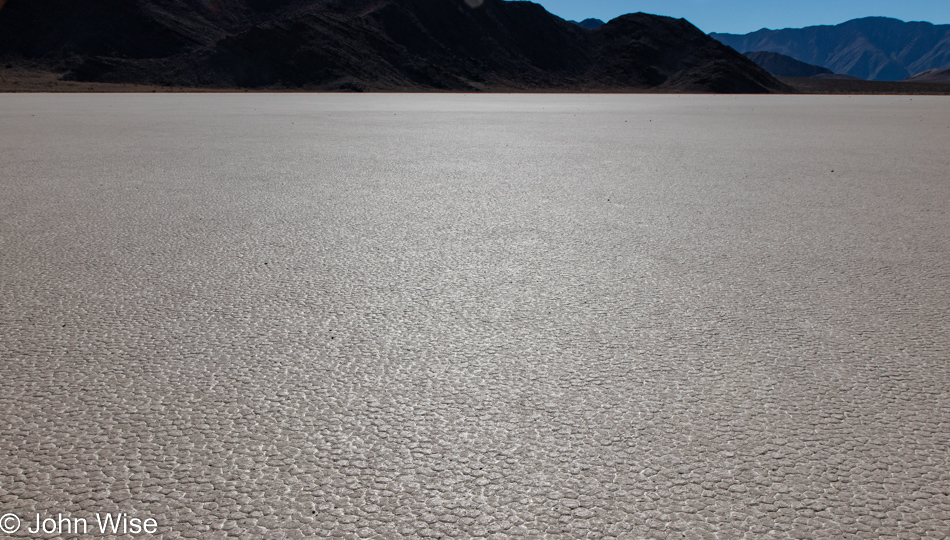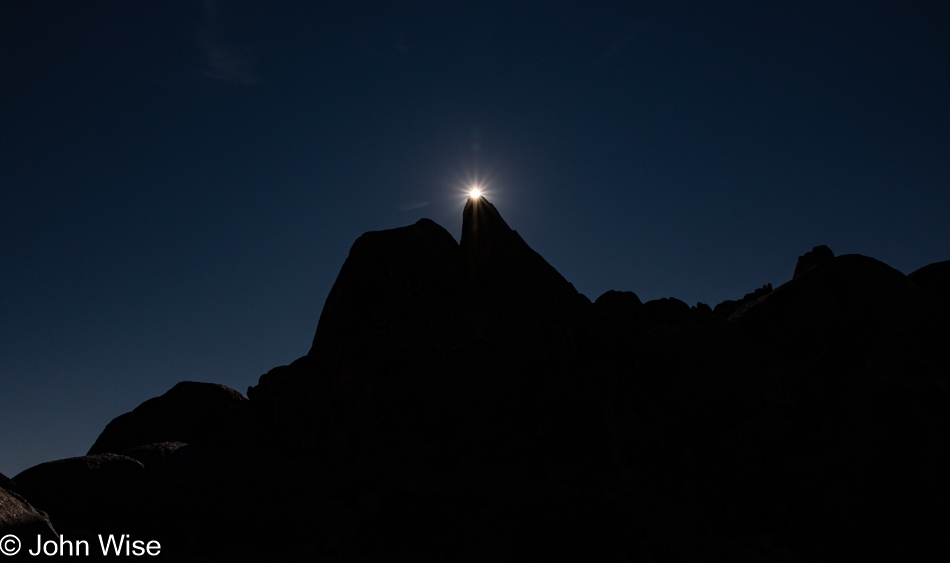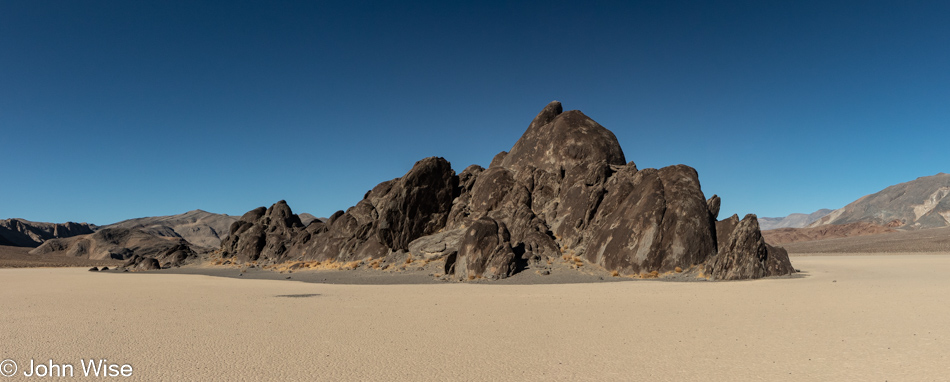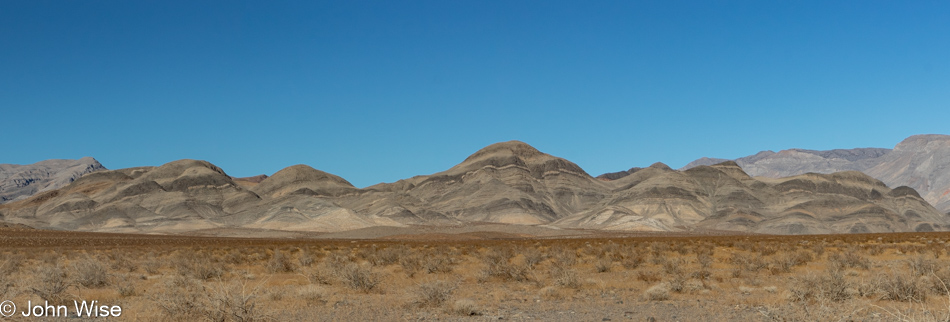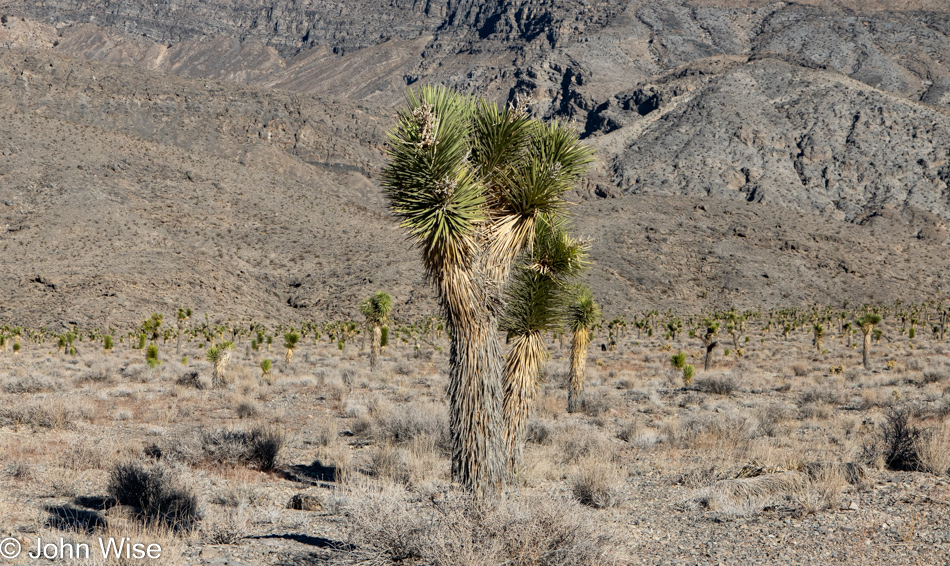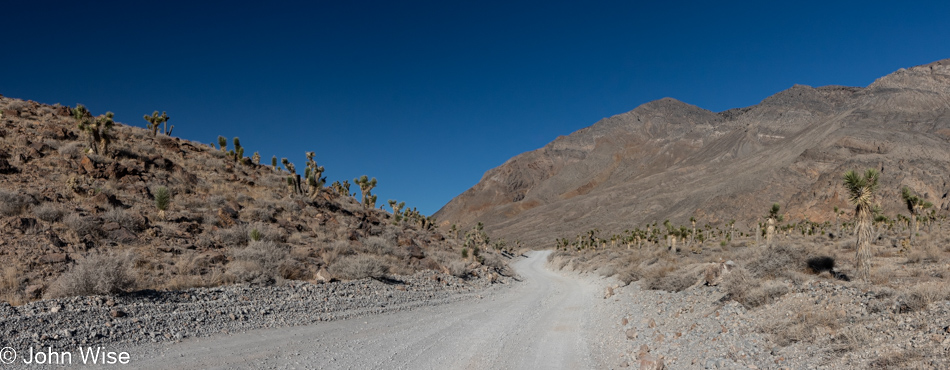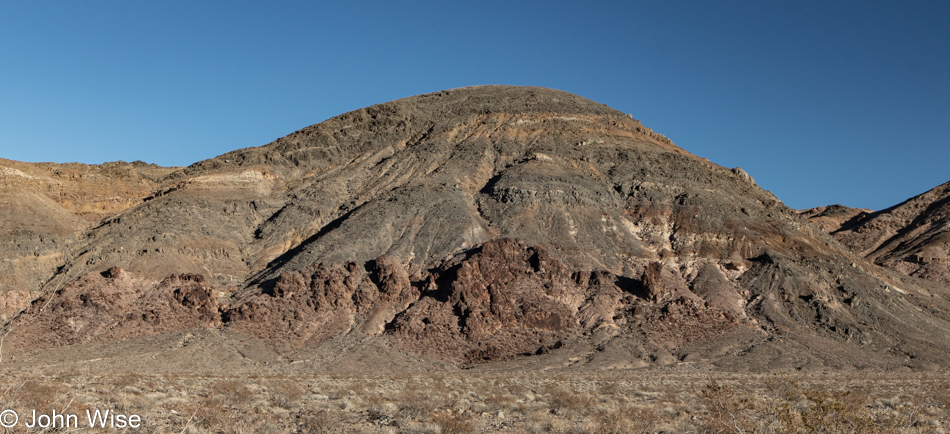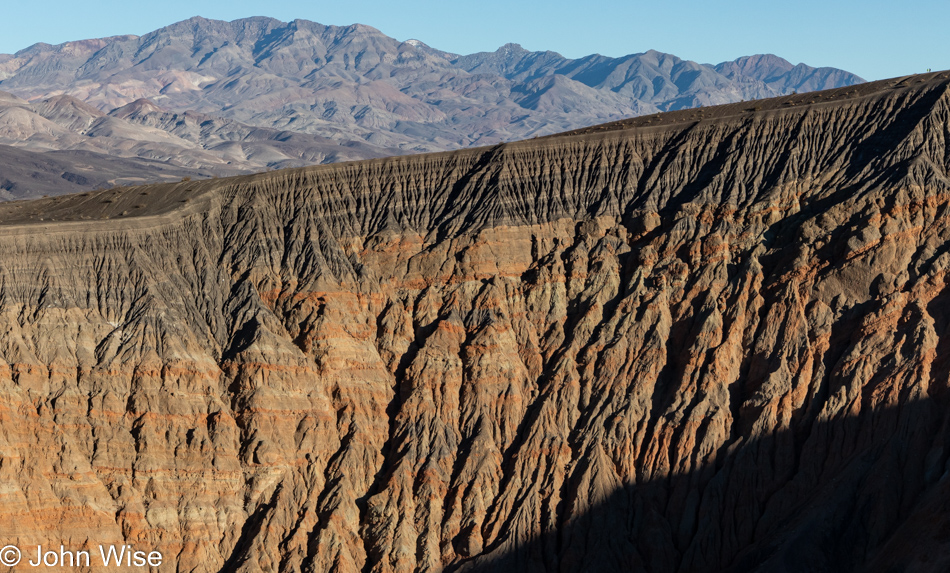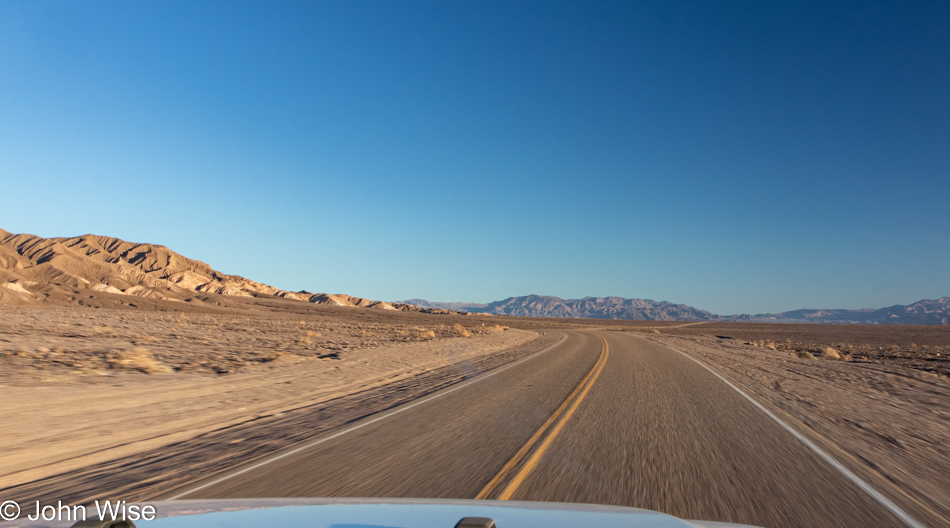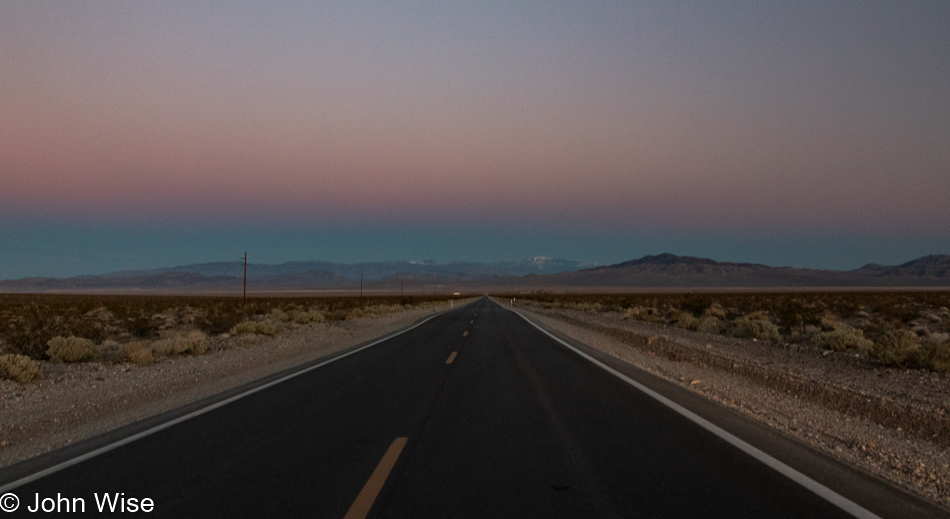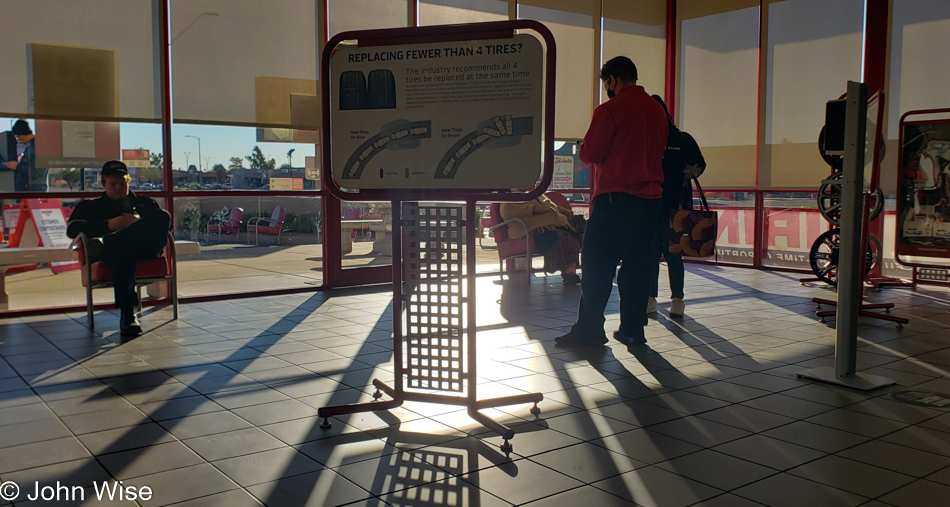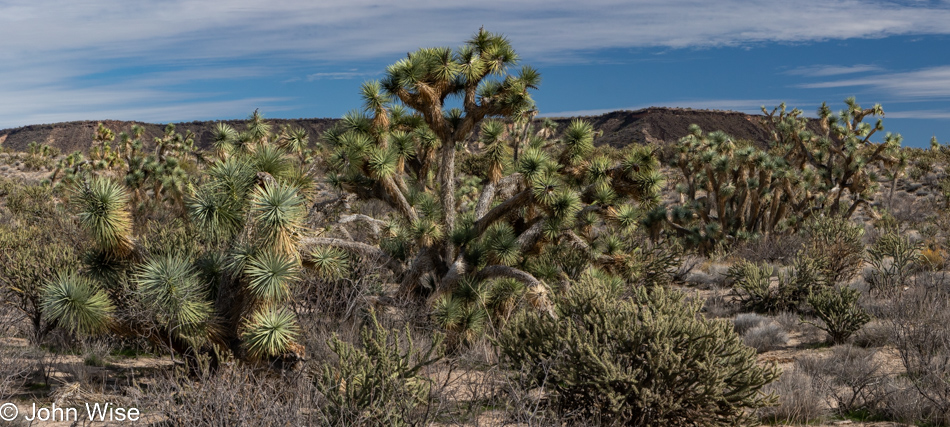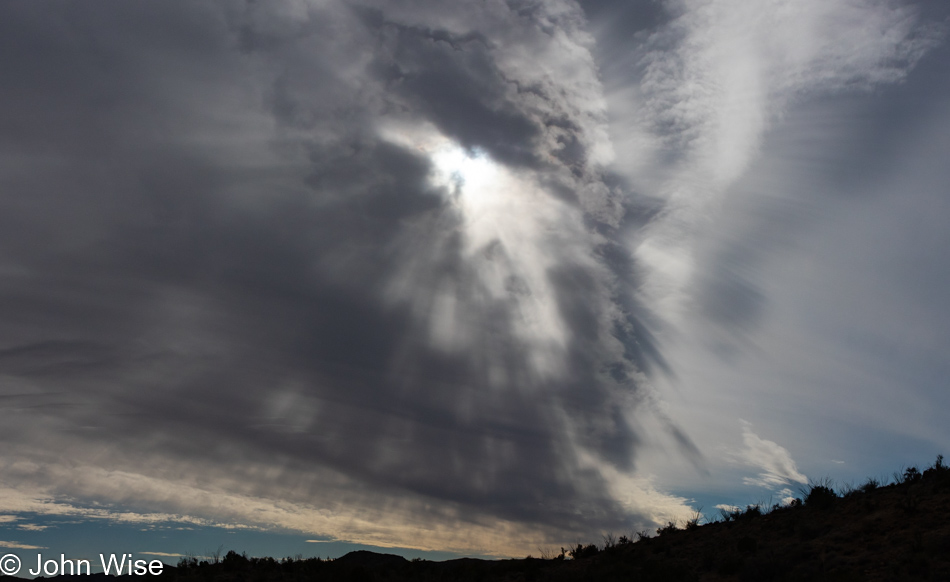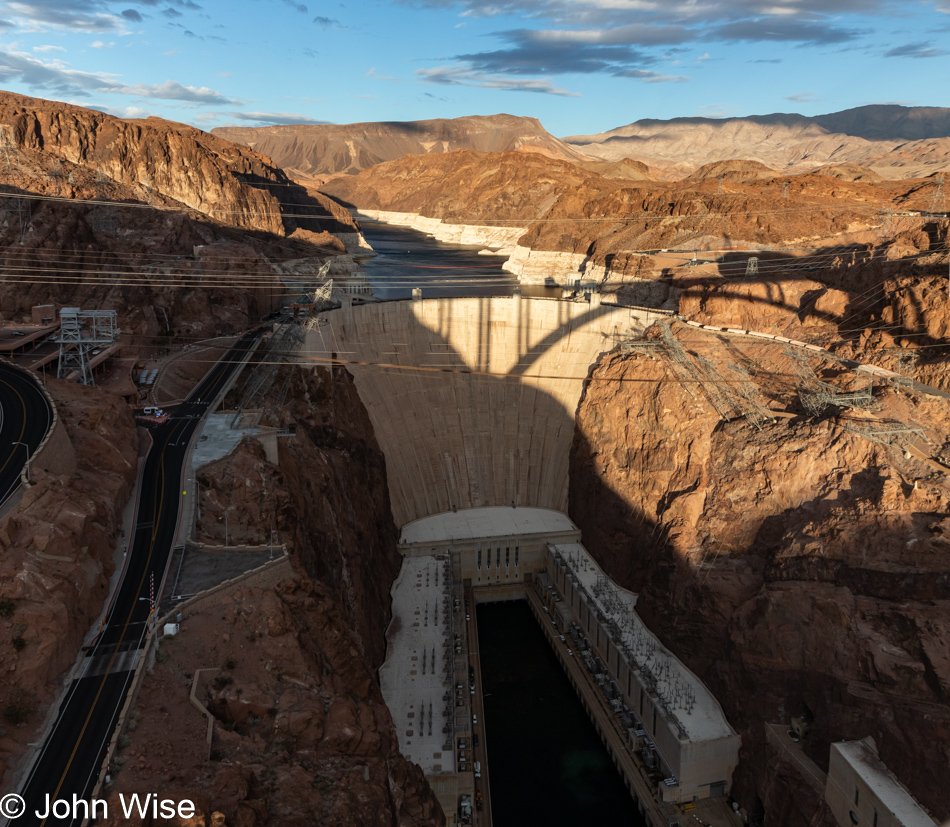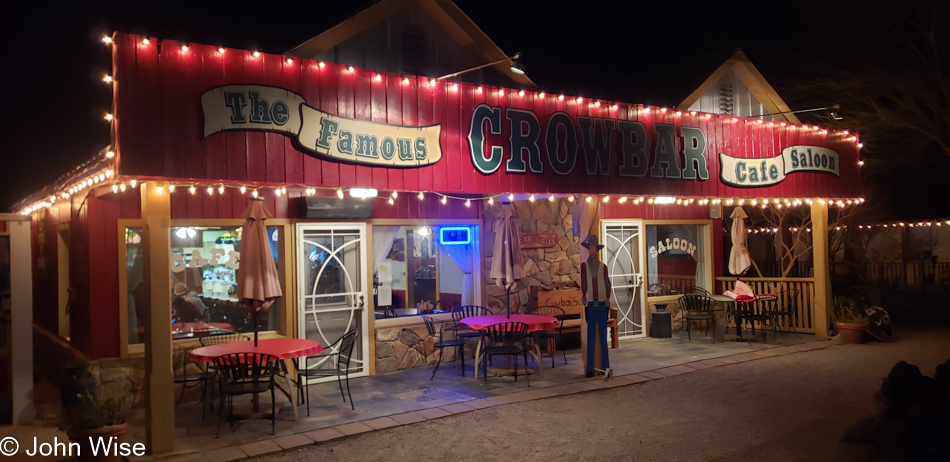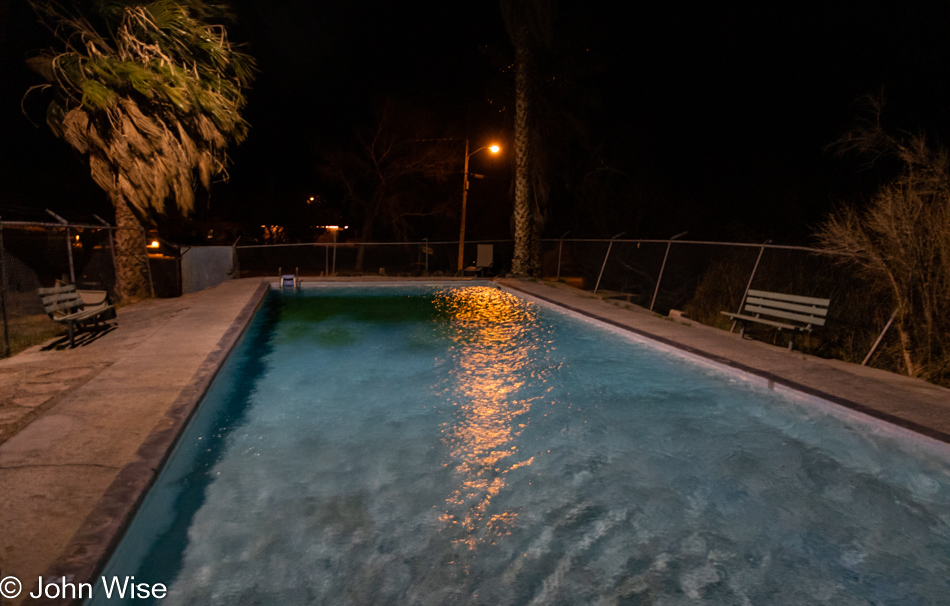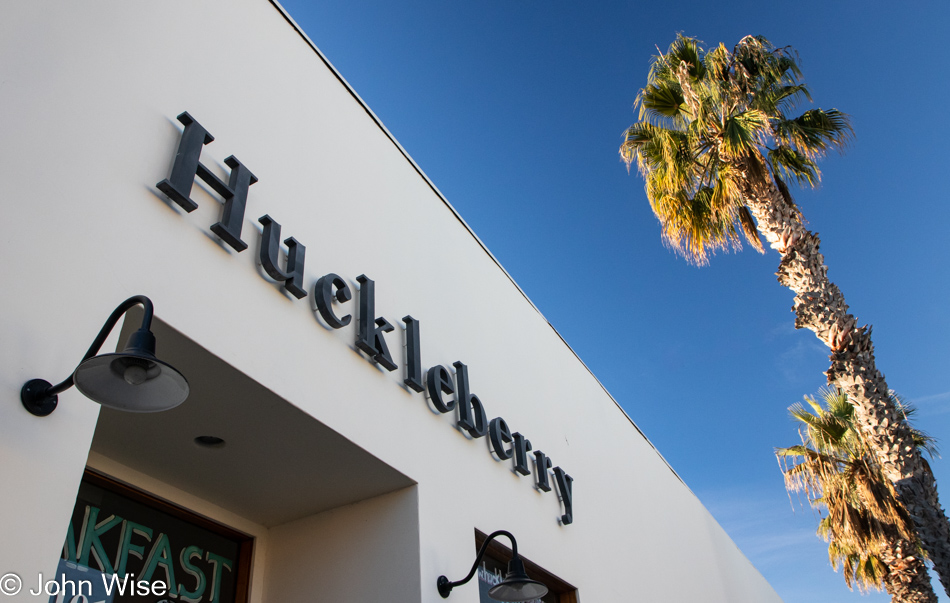
When embarking on travels, we wish for impactful and deeply experiential moments to fill our days. Well, the adage Be careful what you wish for played out to the letter this weekend. It being Sunday today, we could have opted to have a nice breakfast and maybe make one other brief stop before leaving for Arizona but after incurring the cost of visiting Los Angeles, it would be foolish not to maximize our time here.
Last night, when considering our options, we found that the La Brea Tar Pits opened at 9:30 while another museum we were looking at opened at 11:00, and the garden choices would require us to drive nearly across the breadth of L.A., wasting too much time for the effort. Okay then, first, we’ll head down the street again for breakfast at Huckleberry Cafe and then pay a revisit to a museum of fossils we’d not seen in more than a dozen years. This is where the adage I referred to comes into play as with the greater breadth of experiences, the more photos I’ll take and the more I need to share, so my wishes turn into blogging turmoil because after the mini-vacation I’ll have a good week of work to note it all.

About 50,000 years ago, a tar pit looking much like the one we’re standing next to saw mammoths, wolves, saber-toothed cats, giant sloths, camels, bears, and countless birds step into the waters hiding a thick goo just below the surface that captured them as prisoners destined to call these pits their final resting places. Many of the animal skeletons found here are of now-extinct species that died off as recently as 10,000 years ago.
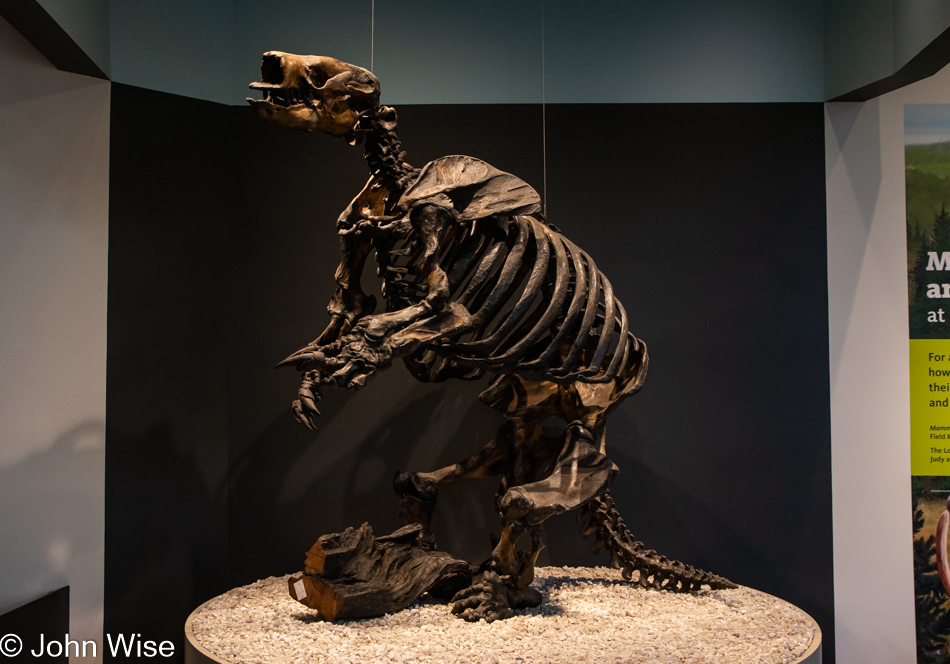
Move slow with big fat limbs, and you might get stuck in the tar with no ability to pull yourself free; this proved fatal for this giant sloth. Isn’t this a metaphor for modernity, where people with thick, dumb minds get stuck in the tar of stupidity, unable to free themselves from participation in an economy that relies more than ever on intellectual work?
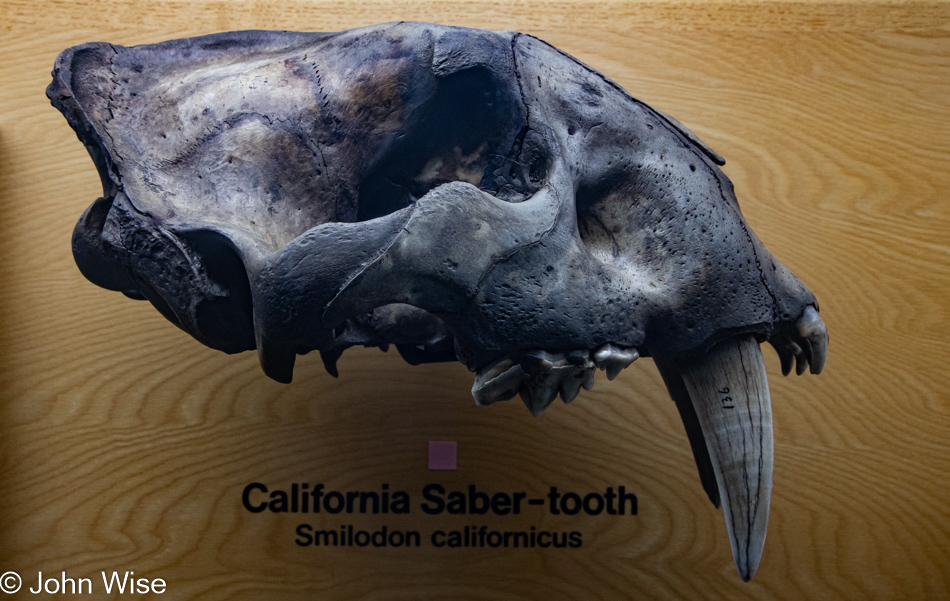
Even fierce beasts must succumb to the end of their time when all that ferocity and ability to project violence will not help free themselves from the trap they blindly walked into. Again, this relates to our current time, where populist would-be dictators appeal to the brute force of those with base powers only able to exercise the threat of might that they offer to bring to the party.
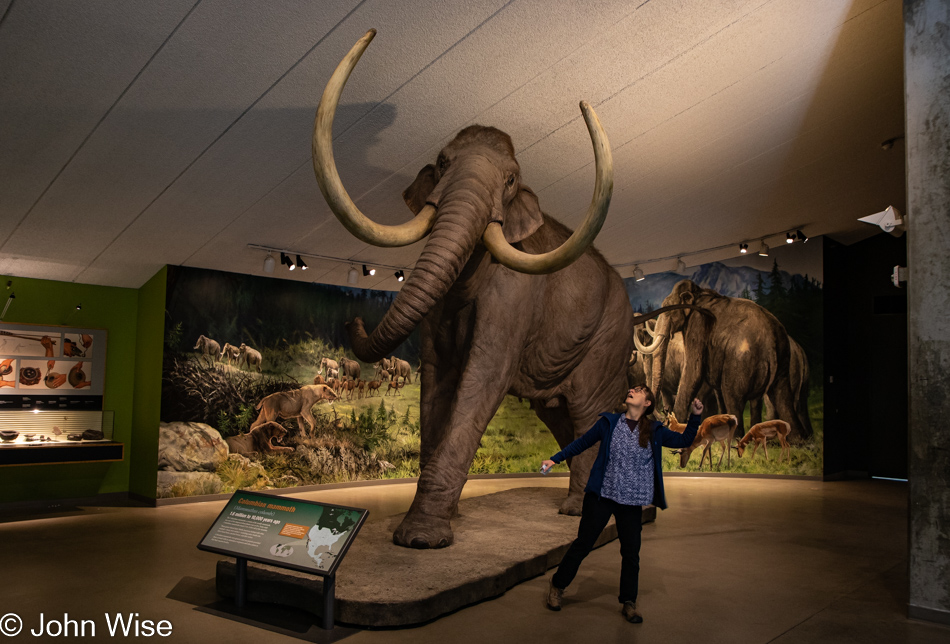
This mammoth is like the majority of a population with a heft that can easily crush the individual trying to do the right thing, but in the end it too will extinct itself as it fails to change with the times and the environment. Oops, my writing brain and indignance for stupidity got stuck in my own tar and have pulled me into a muck that is not this weekend of amazing moments.

Sure, if I was walking down Sunset Boulevard, the last thing I might want to encounter on my way to the movies is a 10-foot-tall beast with massive tusks that could toss me in front of a passing bus, but that doesn’t mean I wouldn’t love knowing these creatures still had a place to wander around. I can’t stand here and not be in disbelief that they are forever gone, which only makes me appreciate more that the La Brea Tar Pits and Museum are here to remind us how fragile and temporary life is.
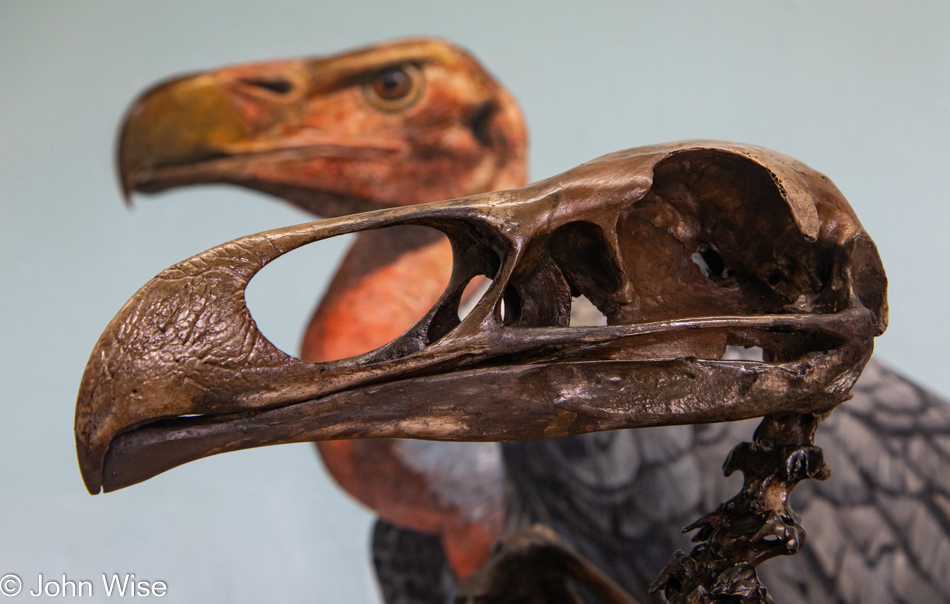
Skulls are amazing pieces of our skeletons when we stop to think how much of our senses are carried within them, and when they no longer serve that purpose and are but fossils, possibly forgotten within the earth, there is nothing left to know about that creature’s behaviors or, in the case of humans, their personalities. This ancestor of modern condors was nearly twice the weight of California condors and sported a wider wingspan, but for some reason, they went extinct about 10,000 years ago. I wonder what the reasons were for such a die-off because while the megafauna might have left the scene at that time, condors are scavengers, and I find it hard to believe that without cave bears, giant sloths, and mammoths, these large birds should simply die away. Sure, it was the end of the ice age, but my mind isn’t grasping why this change in weather didn’t invite adaptation to the new conditions instead of wiping out so many species. One theory posits that early humans, who arrived on the North American continent at that time, could have been a contributing factor, but estimates calculate that there were only 39,000 people in North America at that time. How could these few people kill off possibly millions of large animals?
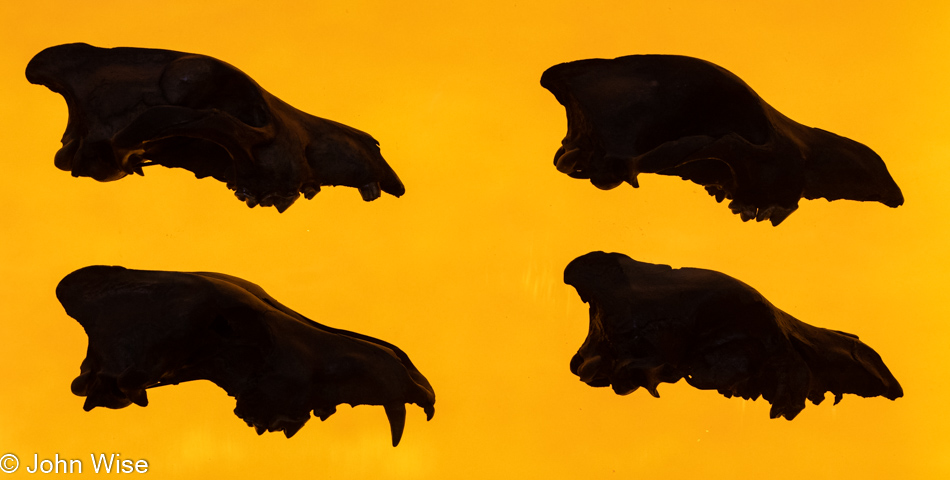
This is the skull of the dire wolf that, like everything else on display here, is now extinct. These four skulls are part of a display featuring 404 such specimens, which is only a small part of the 3,600 dire wolf remains that have been excavated here at the La Brea Tar Pits.

How could people, some 10,000 years ago weighing in at about 140 pounds each, take out a pack of dire wolves, each weighing up to 200 pounds? I think the odds were stacked against these bipedal hunters in favor of the oversized canines.
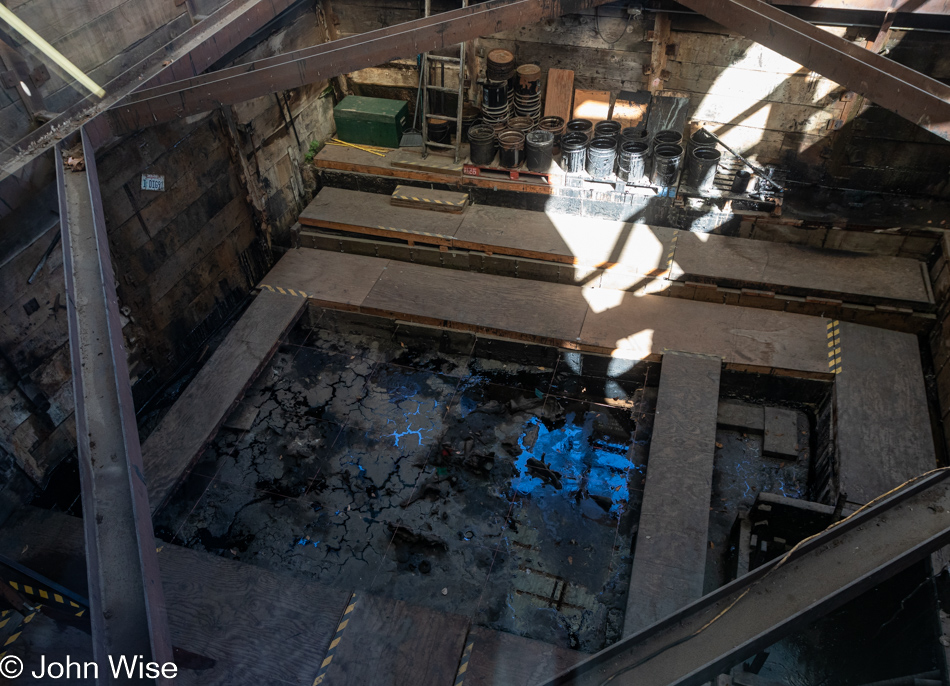
This tar pit was actively excavated until the summer of 2019 and is estimated to still have 5 feet of skeletal remains buried within the tar. A sign tells us that 73 saber-toothed cats, 56 dire wolves, 16 coyotes, 13 western horses, 12 ancient bison, six ground sloths, six giant jaguars, four short-faced bears, two Yesterday’s camels (a.k.a, Western camel), and one American mastodon have been recovered so far.

Good thing this ground sloth isn’t able to eat, although if it was alive right now and not extinct, it would have been an herbivore; otherwise, I think my wife’s head might have been a snack instead of her friend offering a hug.
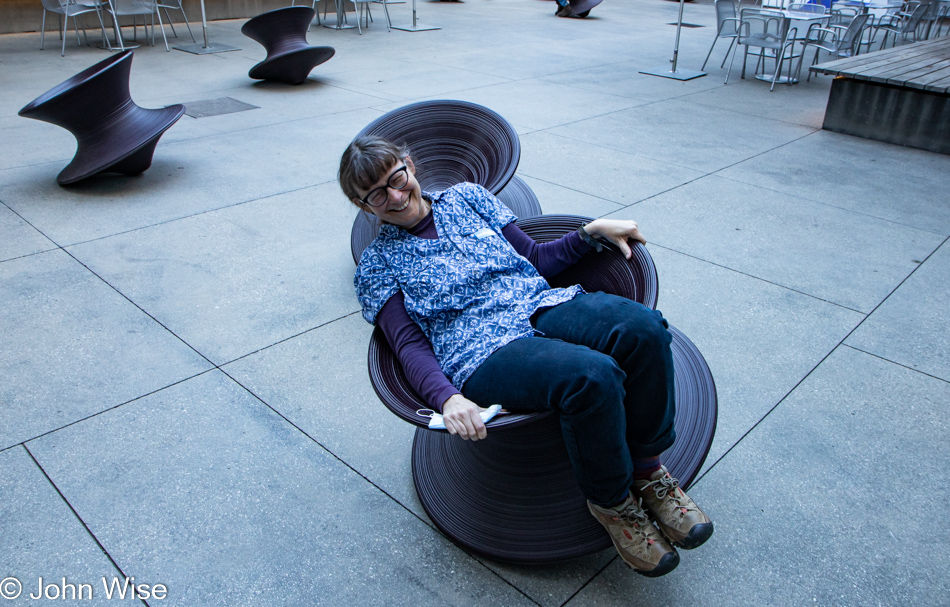
I probably should have taken a video of this, as Caroline’s curiosity took her right to these spinnable chairs. I helped her spin around, and after her first pangs of anxiety about falling out passed, she giggled like a little girl. She got the hang of it a lot quicker than trying to use a hula-hoop, though. In the gift shop, I tried convincing her that for only $885, she could have one for work, but she couldn’t be sold on the idea [I would have said yes for the low-low price of $499, though – Caroline].
I should also share that we are now at the Hammer Museum further down Wilshire Boulevard. Moving through the tar pits didn’t take very long, so instead of lingering or taking an early lunch, we opted for this museum that we’d never been to before.
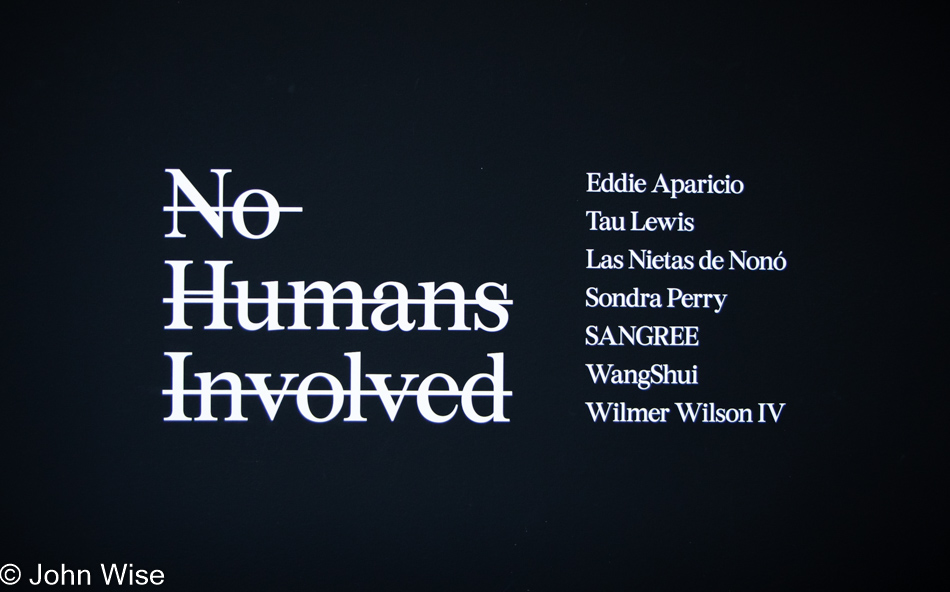
A placard next to the entrance after entering this gallery reads: “In 1992, the Jamaican scholar and theorist Sylvia Wynter penned a critical text titled “‘No Humans Involved’: An Open Letter to My Colleagues.” The title refers to an internal code that was used by the Los Angeles Police Department, usually in relation to cases that disproportionately involved Black and Brown Angelenos who were often identified as sex workers, gang members, or drug traffickers. The code became public knowledge in 1992, shortly after the trial and ultimate acquittal of the four police officers charged with the use of excessive force in the brutal beating of Rodney King. In her open letter, written to her colleagues as a call to action, Wynter argues that the origins of Western humanism, steeped in imperial pursuits and colonial violence, determine contemporary constructs of race, gender, class, sexuality, and other categories that continue to shape our lived experience and justify or deny our humanity. She asks, “How did they come to conceive of what it means to be both human and North American in the kinds of terms (i.e., to be White, of Euro-American culture and descent, middle-class, college-educated and suburban) within whose logic the jobless and usually school drop-out/push-out category of young Black males can be perceived, and therefore behaved towards, only as the Lack of the human, the Conceptual Other to being North American?”
“The exhibition, No Humans Involved, showcases the work of Eddie Aparicio, Tau Lewis, Las Nietas de Nono, Sondra Perry, SANGREE, WangShui, and Wilmer Wilson IV, whose practices disrupts and interrogate Western ideals of humanism. Through conceptual and material explorations, these artists and collectives across the diverse regions of the diasporic Americas consider the systems, institutions, lineages, and cultural objects that uphold our sense of being via sculpture, textiles, performance, installation, and multimedia interventions. By centering the nonhuman or anti-human as a point of departure, highlighting ancient technologies, and utilizing artificial intelligence software, No Humans Involved attempts to provide a contemporary response to Wynter’s original call to action.”
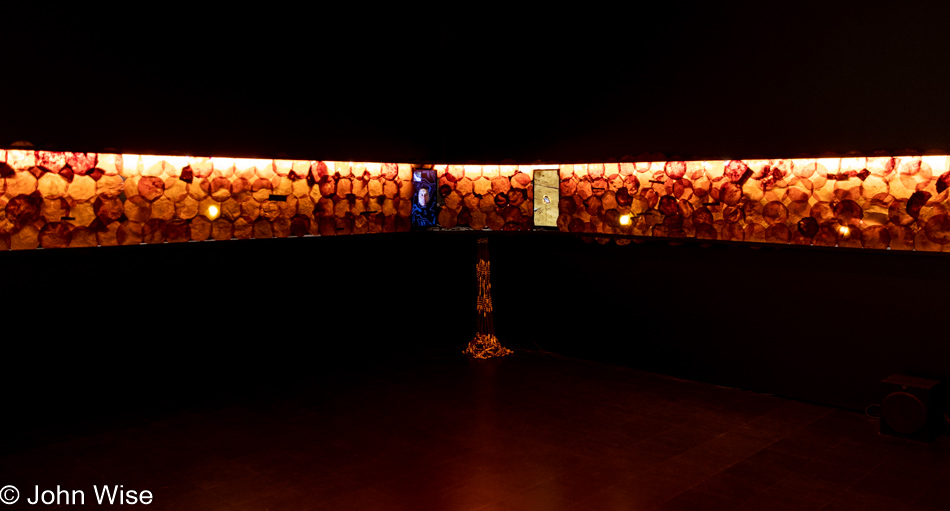
Yeast and light.
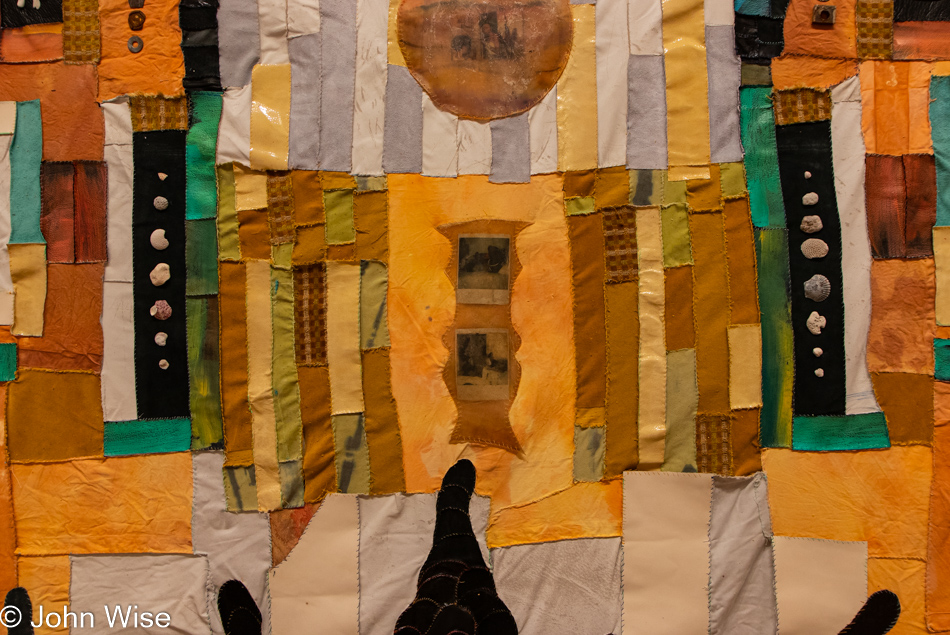
Cloth and fabric become art.
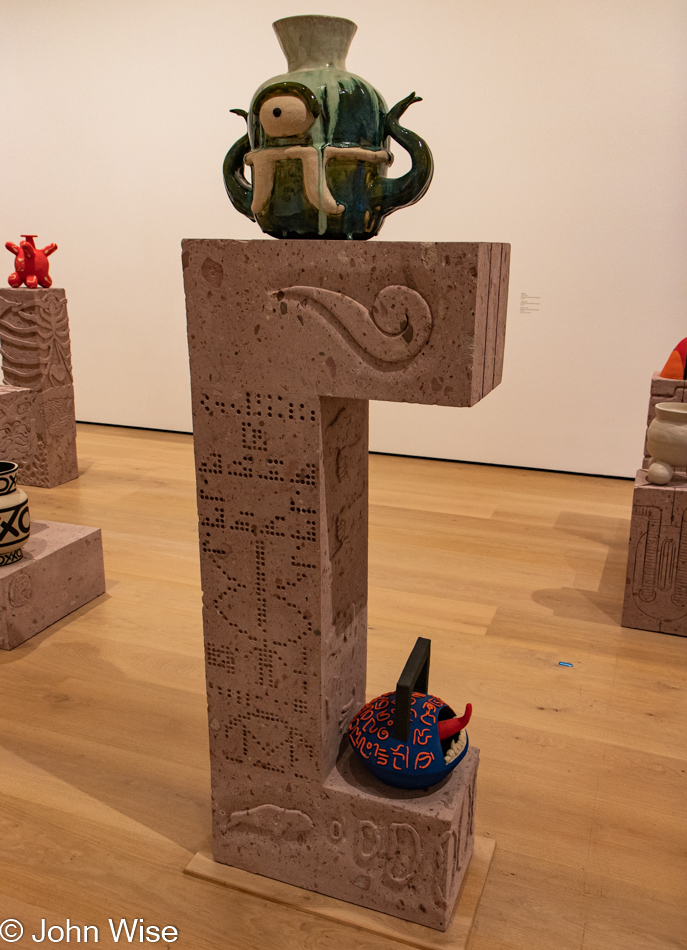
Sculpture and form.

My first inclination was to offer up some biographical information about the man behind this museum, but then second thoughts crept into my head after reading about his communist father, his illegal campaign donations to President Nixon, and his great-grandson, an actor who might have cannibalistic tendencies. So, this is from the private art collection of a wealthy oil tycoon who is now dead and gone.

This was probably my favorite piece in the collection; it’s from Gustave Moreau and is titled Salomé Dancing before Herod.

Looking at the details, it’s obvious why Moreau required seven years to finish this work.

The dark, brooding, almost despairing look of the subject is appealing to my senses and is apparently quite contrary to what this artist would normally paint, which was fruit and flowers. This piece from Henri Fantin-Latour is titled Portrait of Miss Edith Crowe. I can’t say I’ve consciously ever seen his work before, but I did learn that he’s mentioned in In Search of Lost Time by Marcel Proust with the following:
“Many young women’s hands would be incapable of doing what I see there,” said the Prince, pointing to Mme de Villeparisis’s unfinished watercolors. And he asked her whether she had seen the flower painting by Fantin-Latour which had recently been exhibited. (From – The Guermantes Way)

Detail from Grape Pickers at Lunch by Renoir.
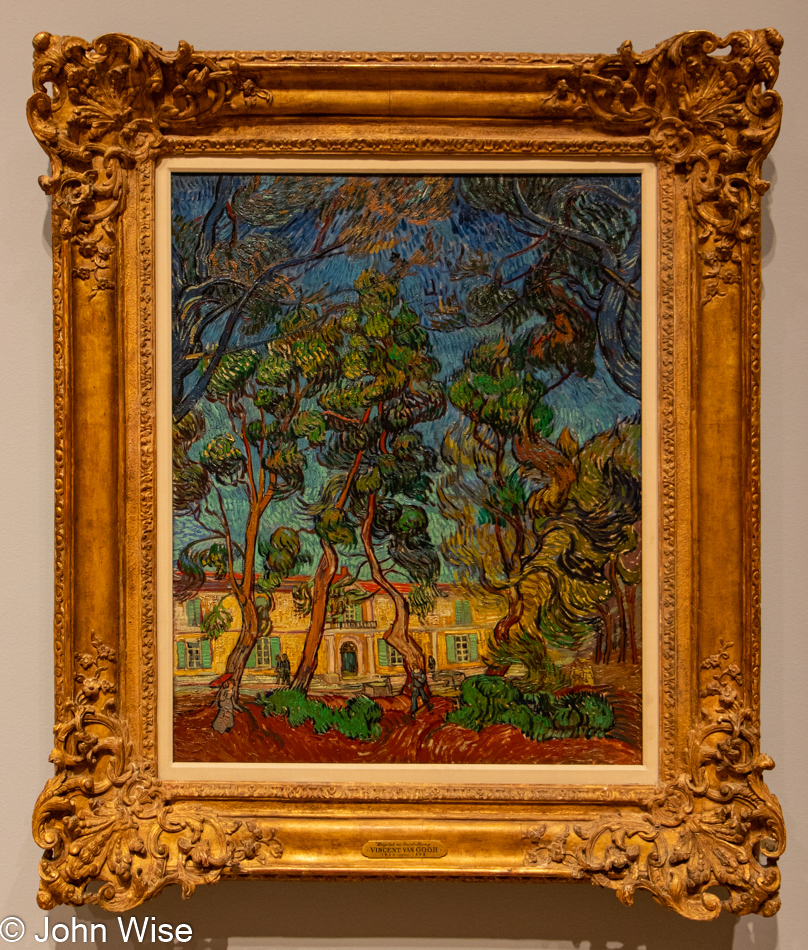
Wow, I wasn’t expecting a Van Gogh here. There’s no good reason one shouldn’t be here, but they do seem rare. Maybe it’s because after visiting the Van Gogh Museum in Amsterdam back in the 20th century and seeing so many in one place, nothing compares. This particular work is titled Hospital at Saint-Rémy.
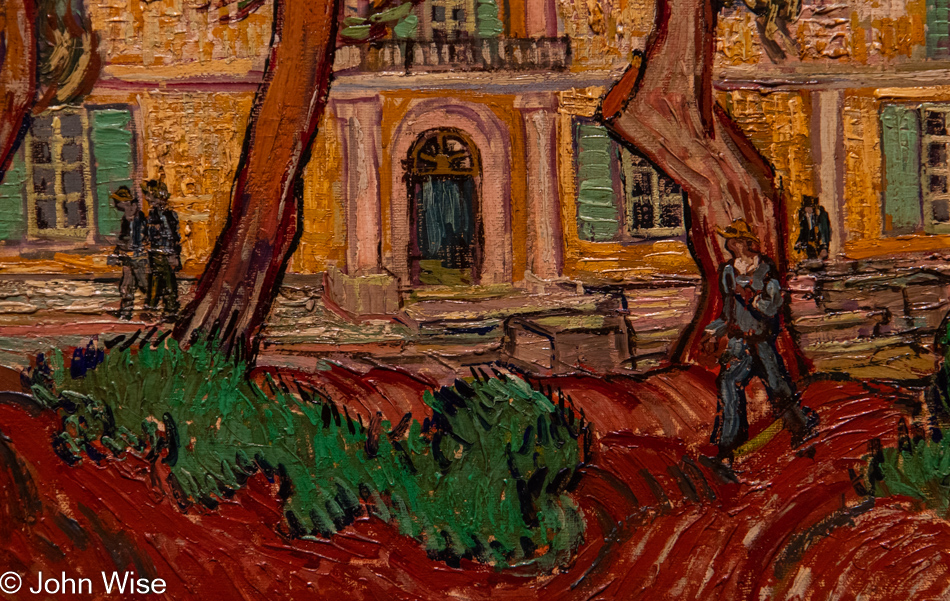
The hospital referenced is in Provence, France, and its full name is Saint-Paul de Mausole. Van Gogh spent a year at this asylum back in 1889 when his mental health was failing him. Apparently, his creative skills were still intact as he painted a number of works during his stay. While it should be obvious, I’ll point it out anyway: this is a close-up detail from the painting above it.
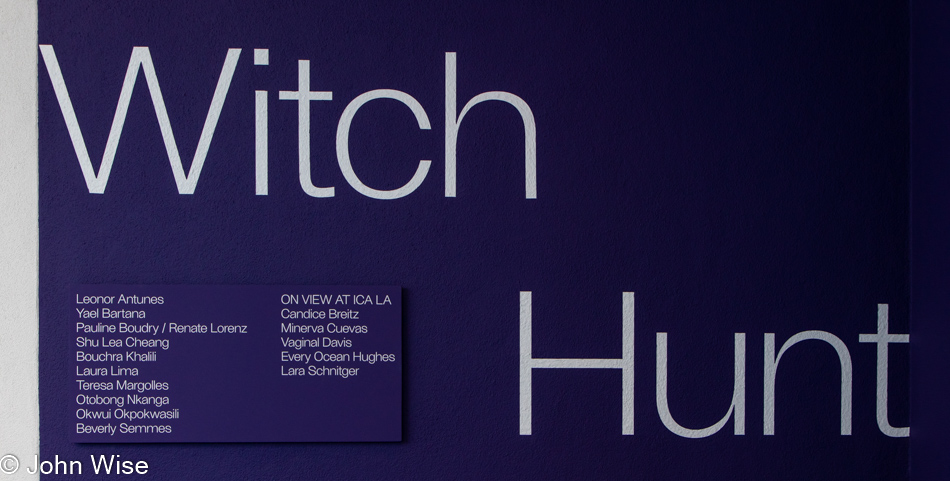
From the Hammer website:
Witch Hunt presents the work of 16 mid-career women artists from 13 countries who use feminist, queer, and decolonial strategies to investigate current and historical political events, social conditions, and overlooked or suppressed artistic legacies. The artists have demonstrated decades-long commitments to feminist creative practice as a subversive, expansive, and oftentimes collaborative methodology. Together, their works provide an opportunity to examine ideas, expand awareness, and encourage dialogue about urgent contemporary issues, such as the body and its vulnerabilities; women’s rights and representation, the erasure of women’s contributions to critical movements and histories, the impact of technologies of surveillance; environmental justice; the queering of political discourse; the imperative for feminist practice to be inclusive and intersectional; and the power of collective action.
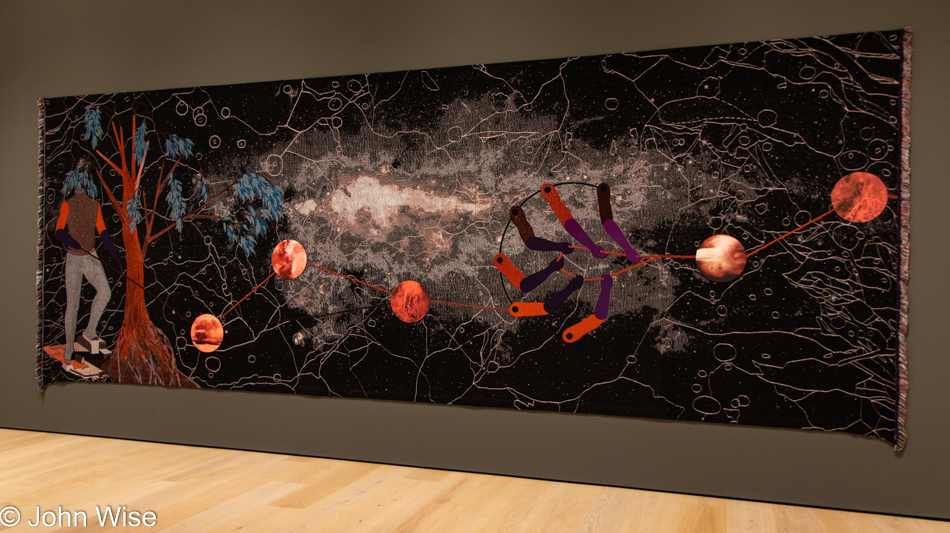
This enormous multi-panel weaving is from Otobong Nkanga, originally from Nigeria but now living in Antwerp, Belgium. Caroline and I both noticed that a lot of the artists featured here at the Hammer Museum are living in Europe, could it have something to do with how Europe supports artists?

Teresa Margolles was the other artist in this exhibit who struck a chord with me as she depicts a reality of life that I know, that I’ve seen, and doesn’t shy away from offering a look into the world that is contrary to the nonsense we share as our hoped for fantasy.

From the Hammer, it’s a short walk to Tehrangeles, a.k.a. Little Persia, where we went right over to the Attari Grill to try the lamb-brain-and-tongue sandwich only to learn they were already out of brain [a common complaint these days, it seems – Caroline], so tongue alone will have to be it. Sadly, this didn’t photograph well, and if I can cut a photo here and there, then I have less writing I need to deal with. Just across the street from lunch was the Saffron and Rose Ice Cream shop. Diabetes be damned, Persian ice cream is well worth the cheat.

And with that, we were on our way out of L.A. on a beautiful day after a beautiful weekend filled with beautiful moments.

Before long, it would be dark with hundreds of miles left until we reached home, but the investment of intention paid off once again and allowed us to start 2022 with incredible riches of experience.
